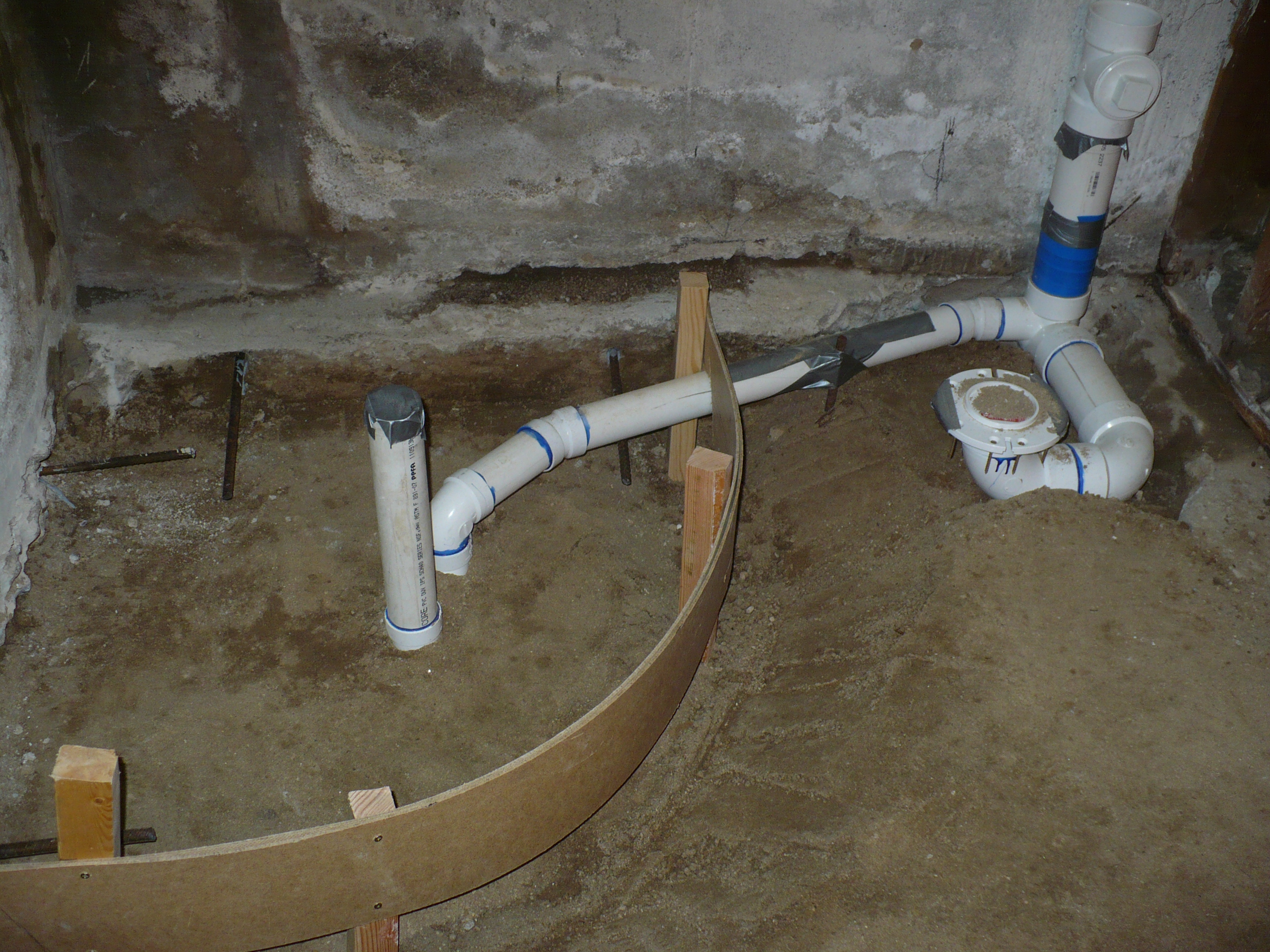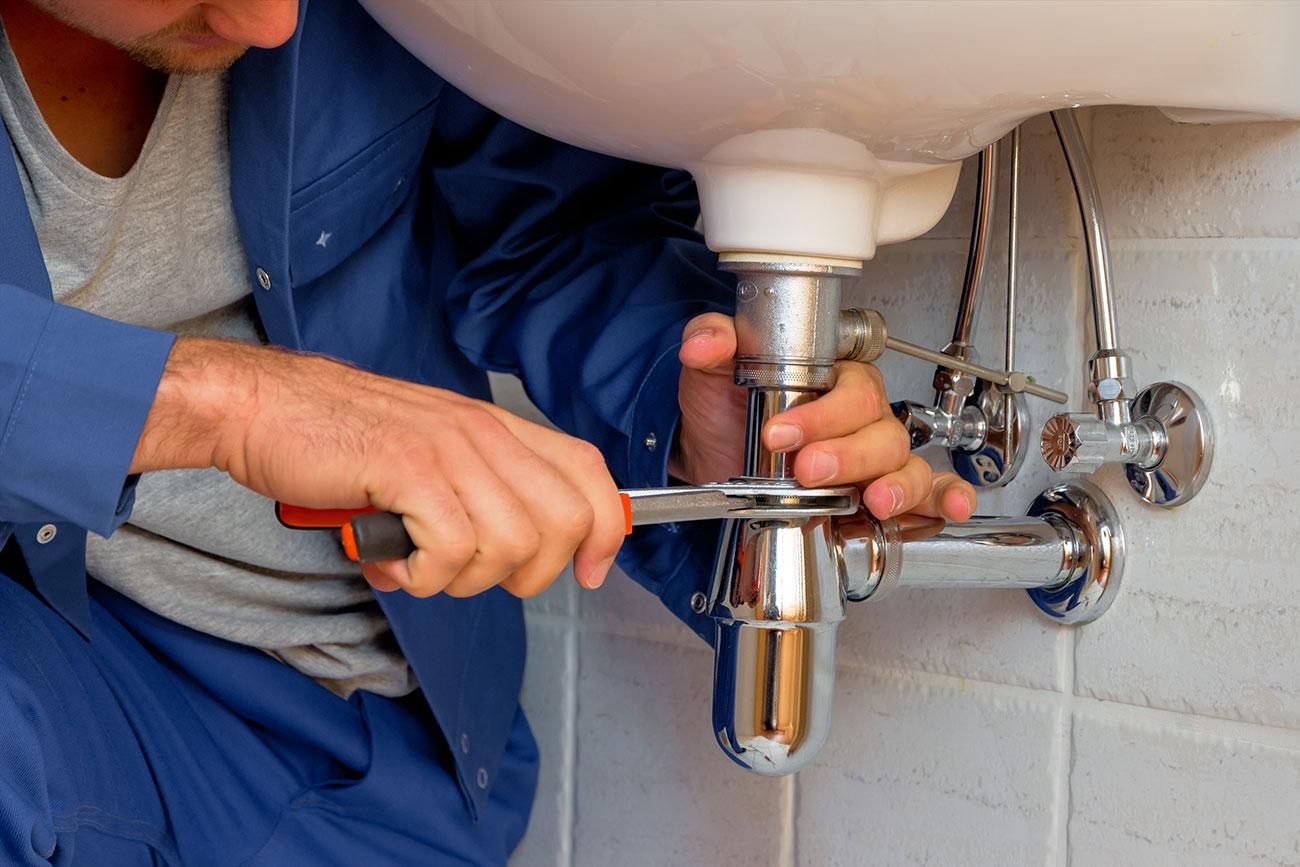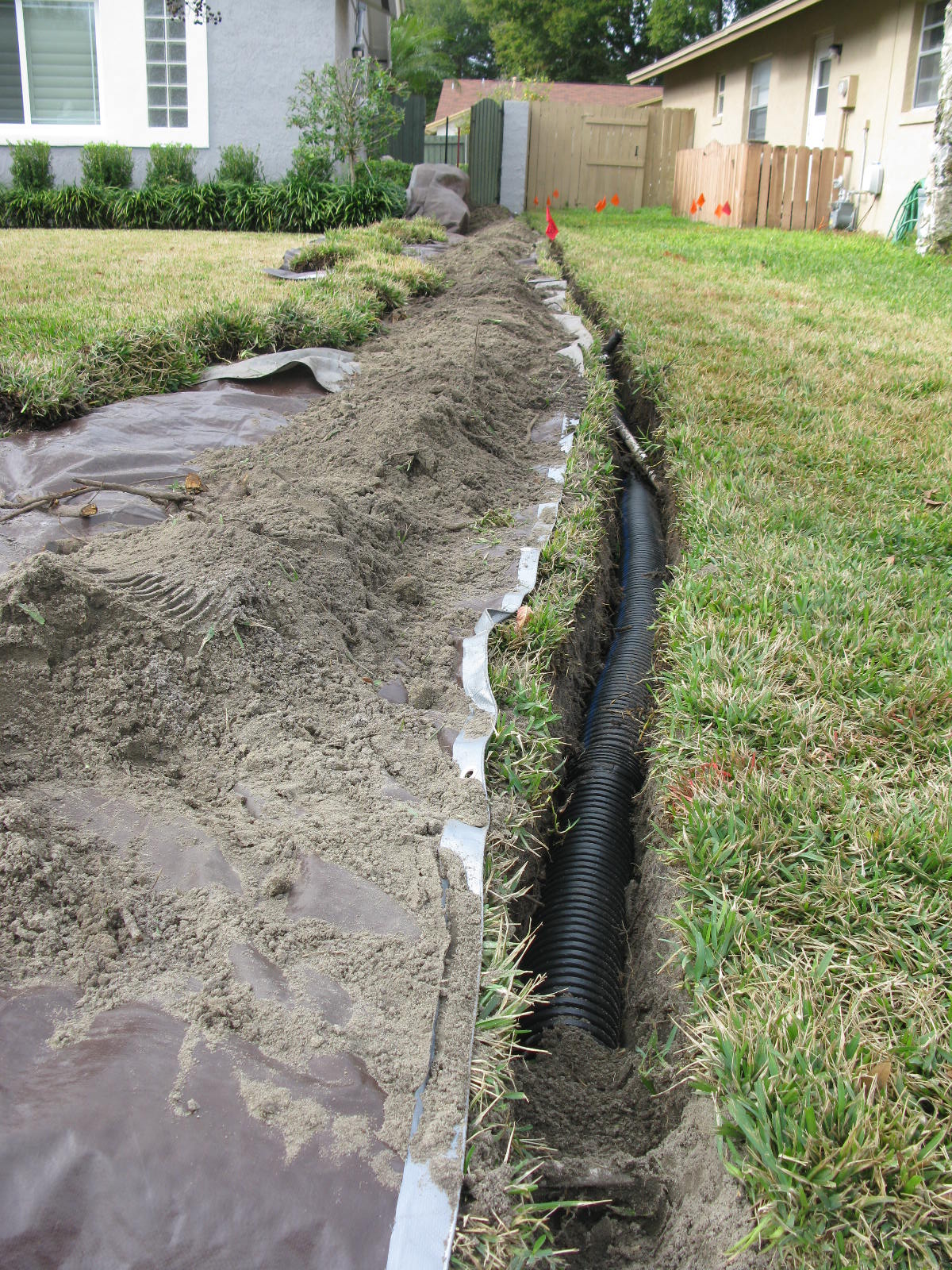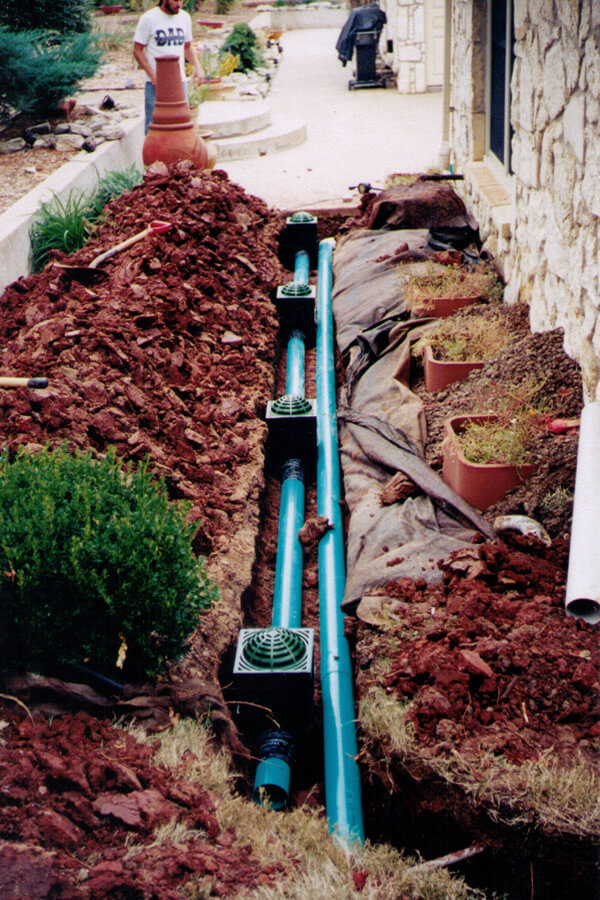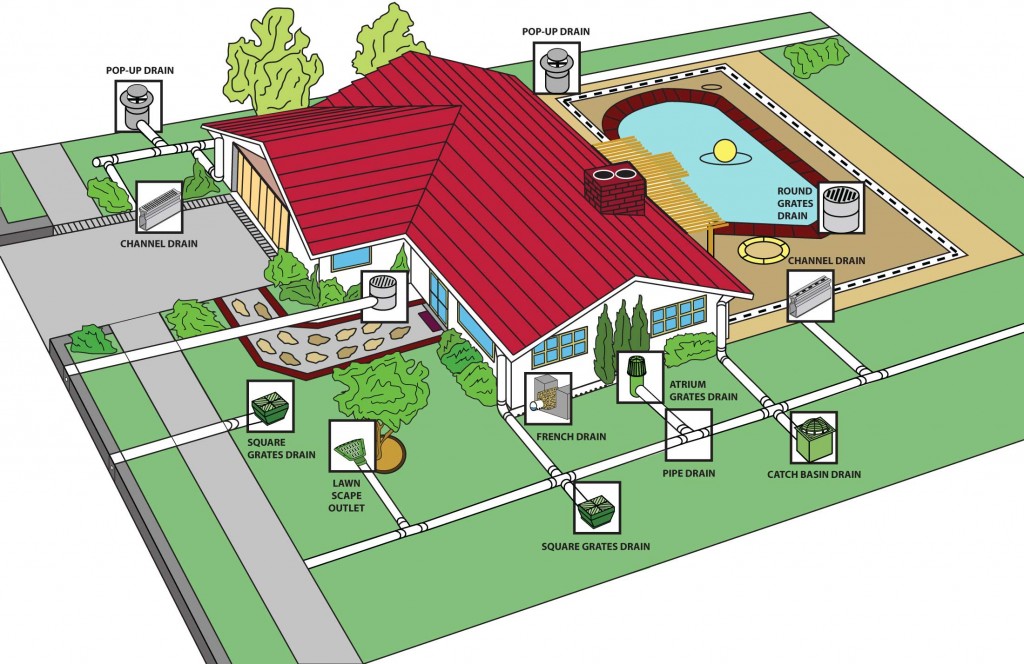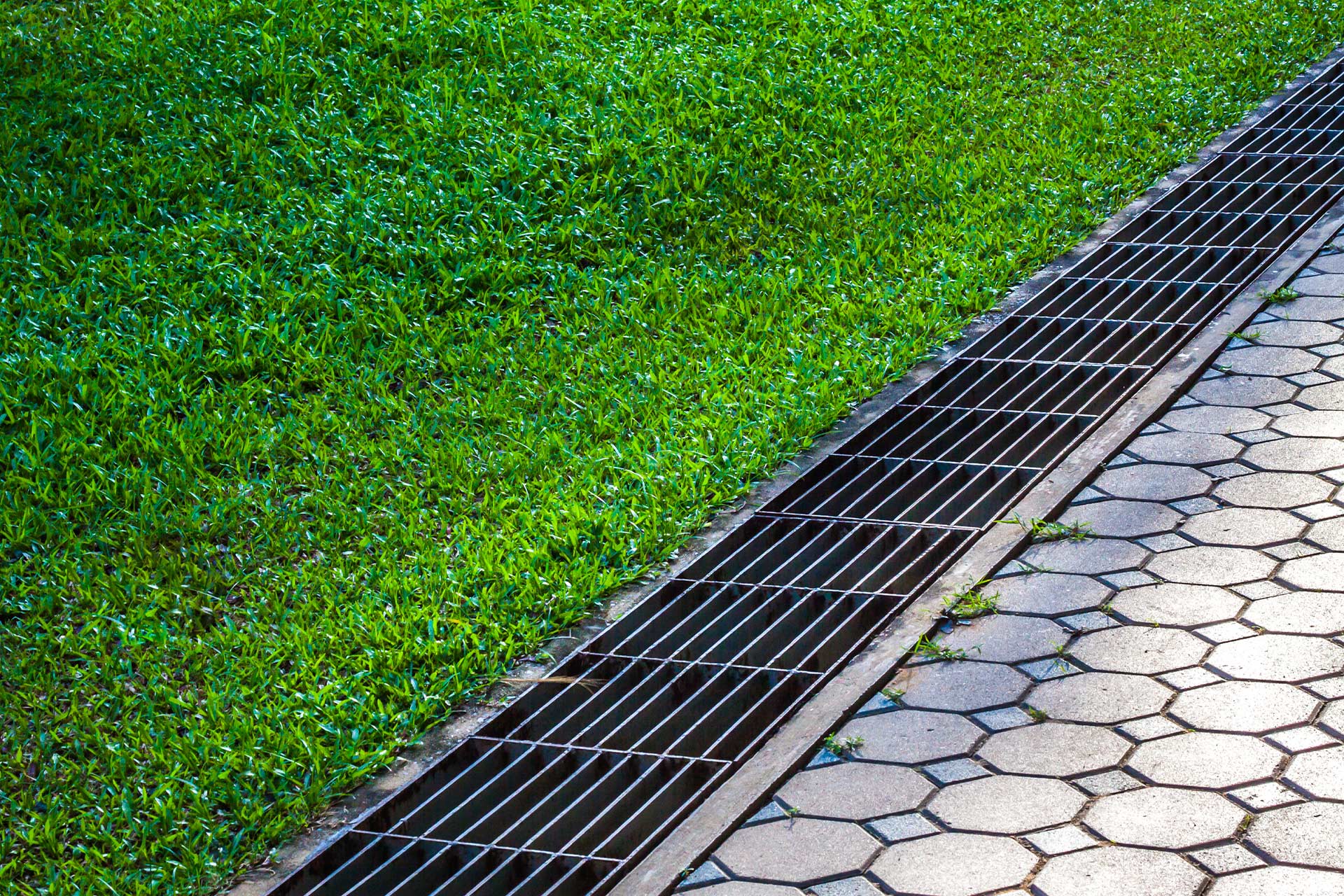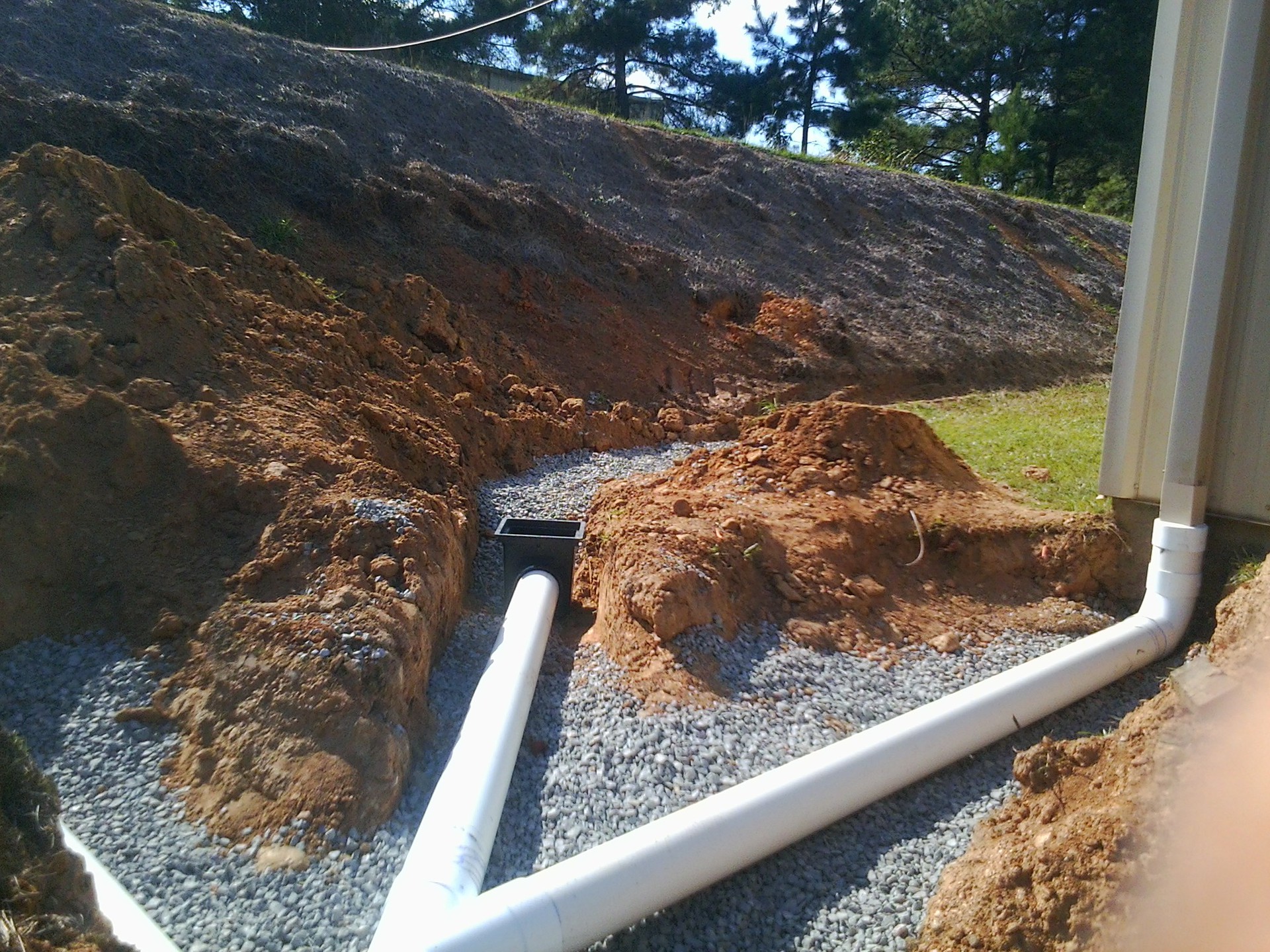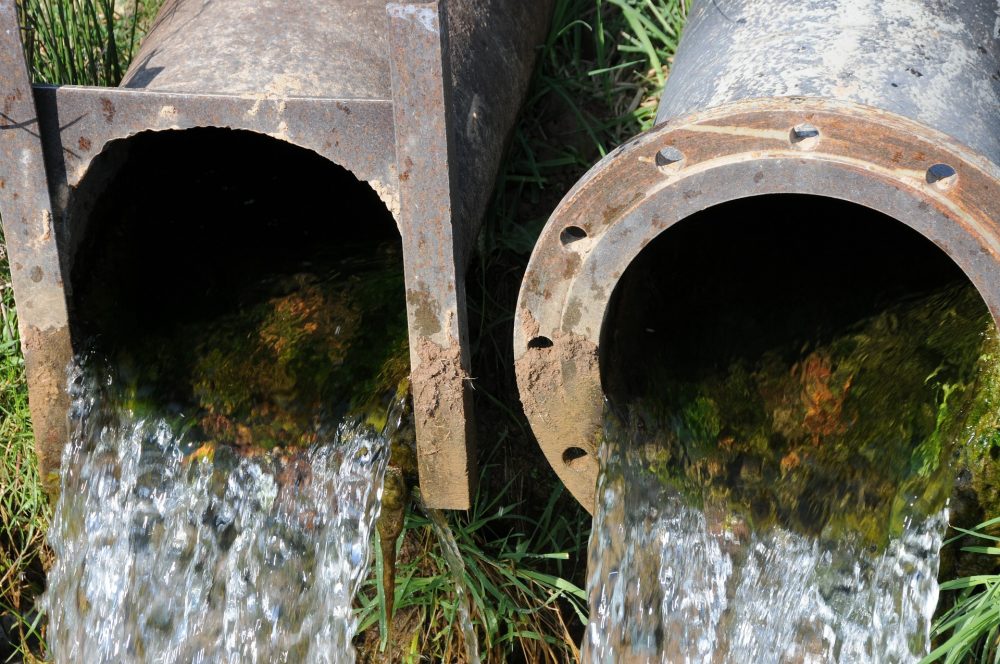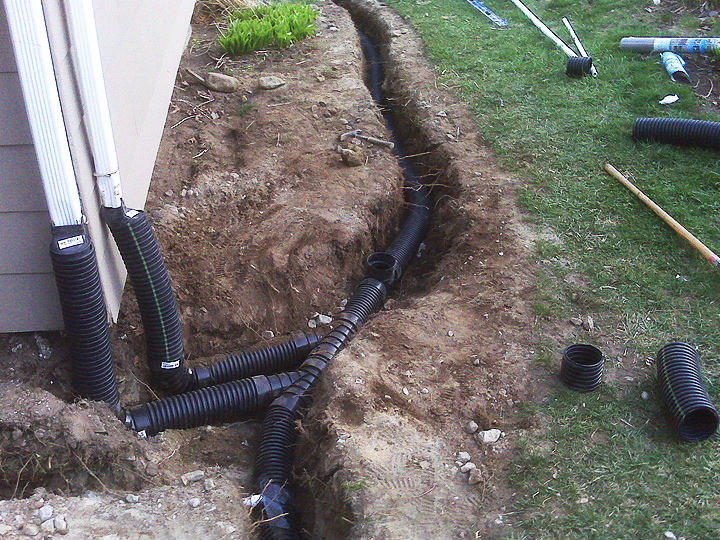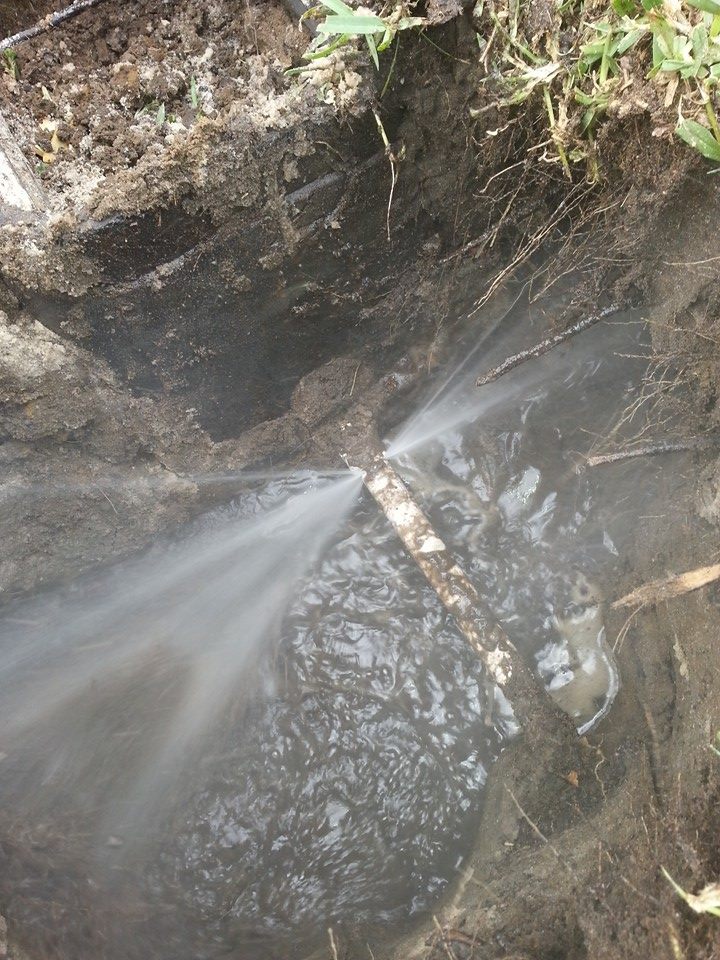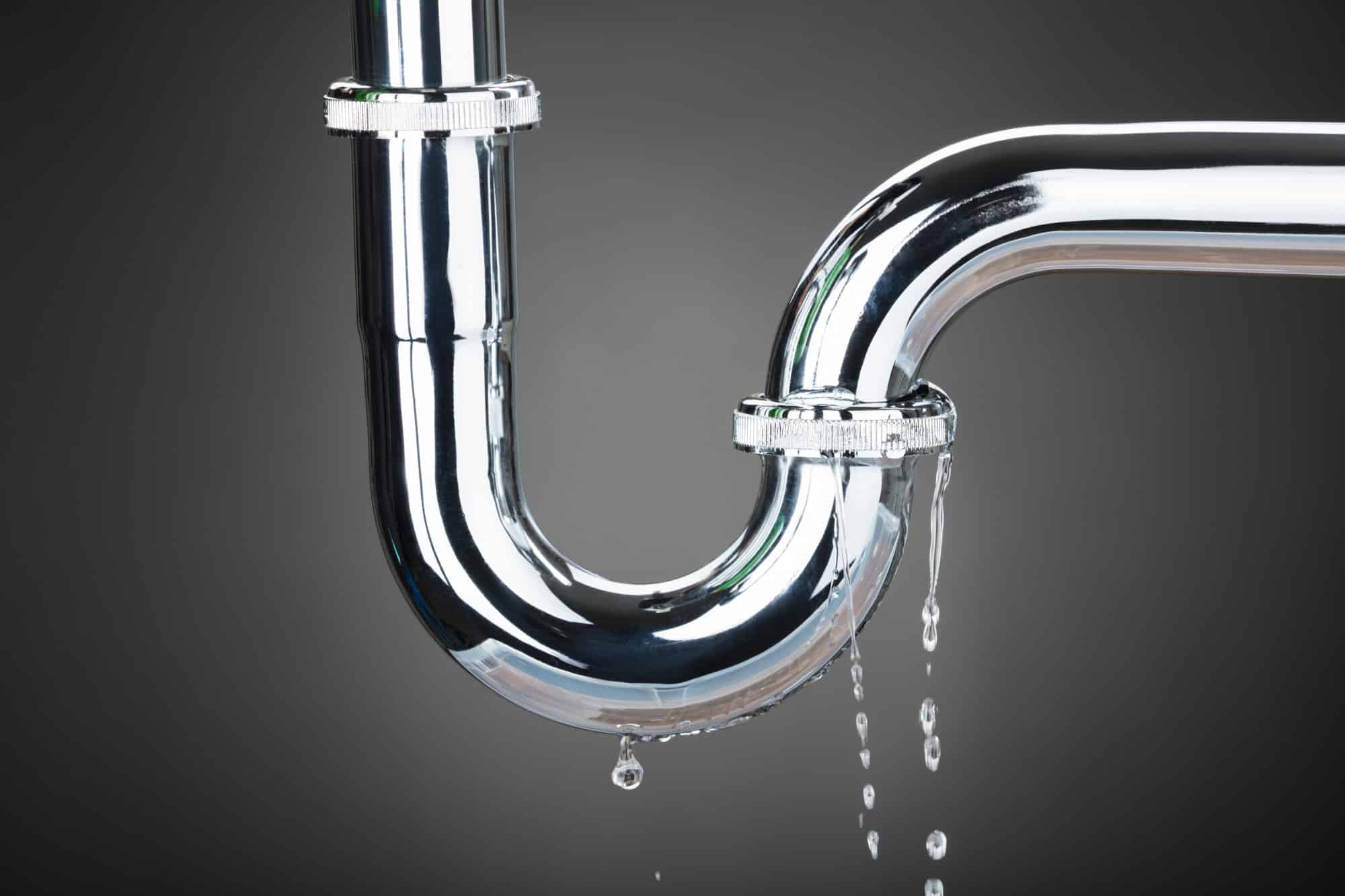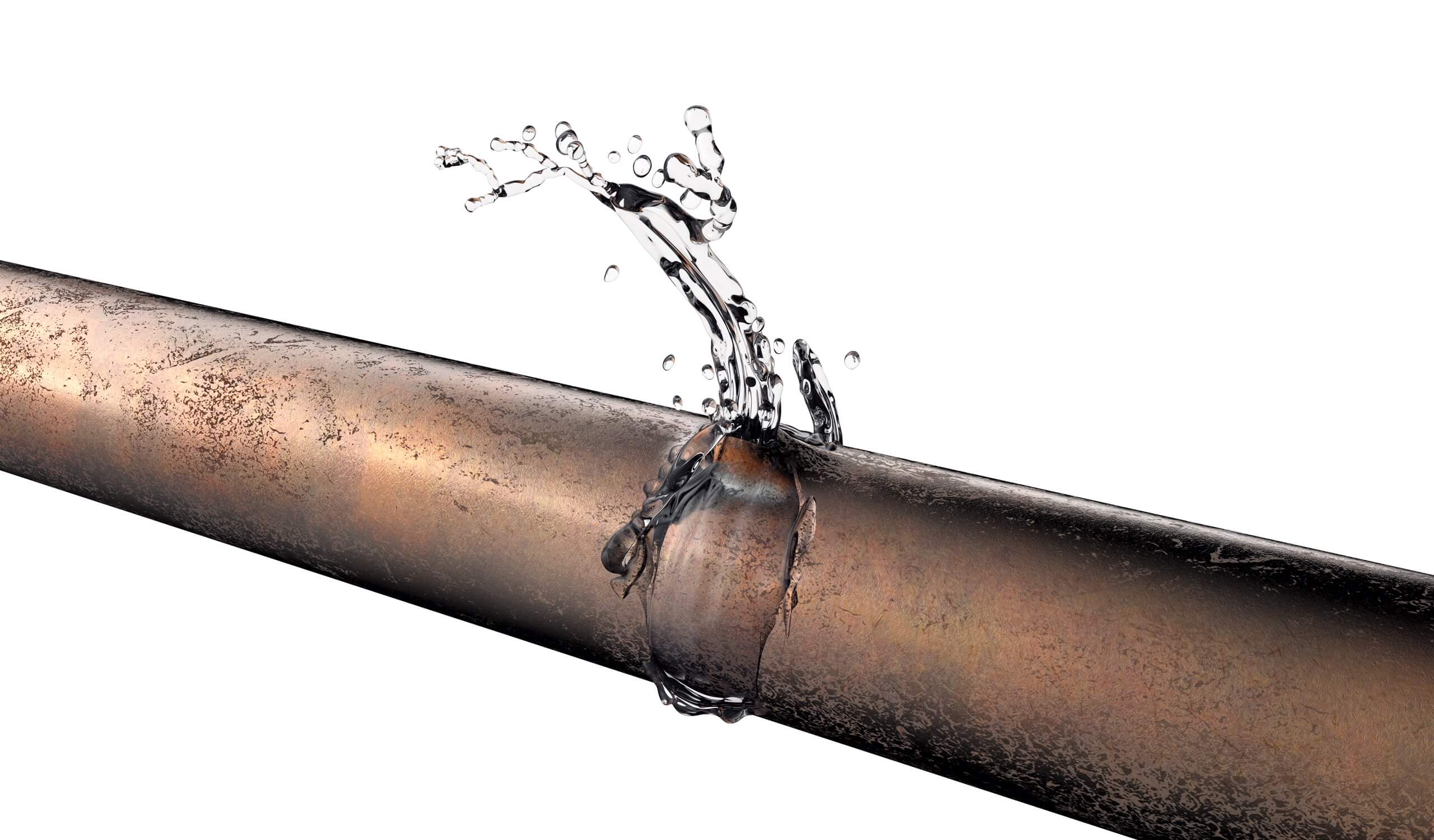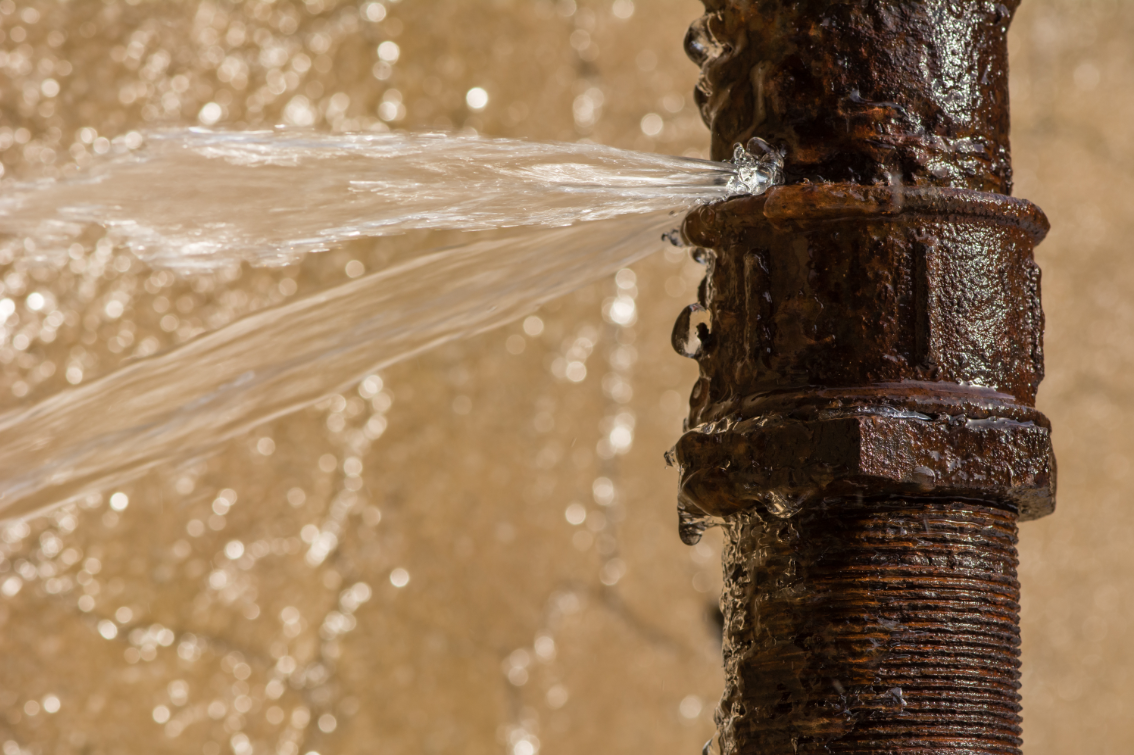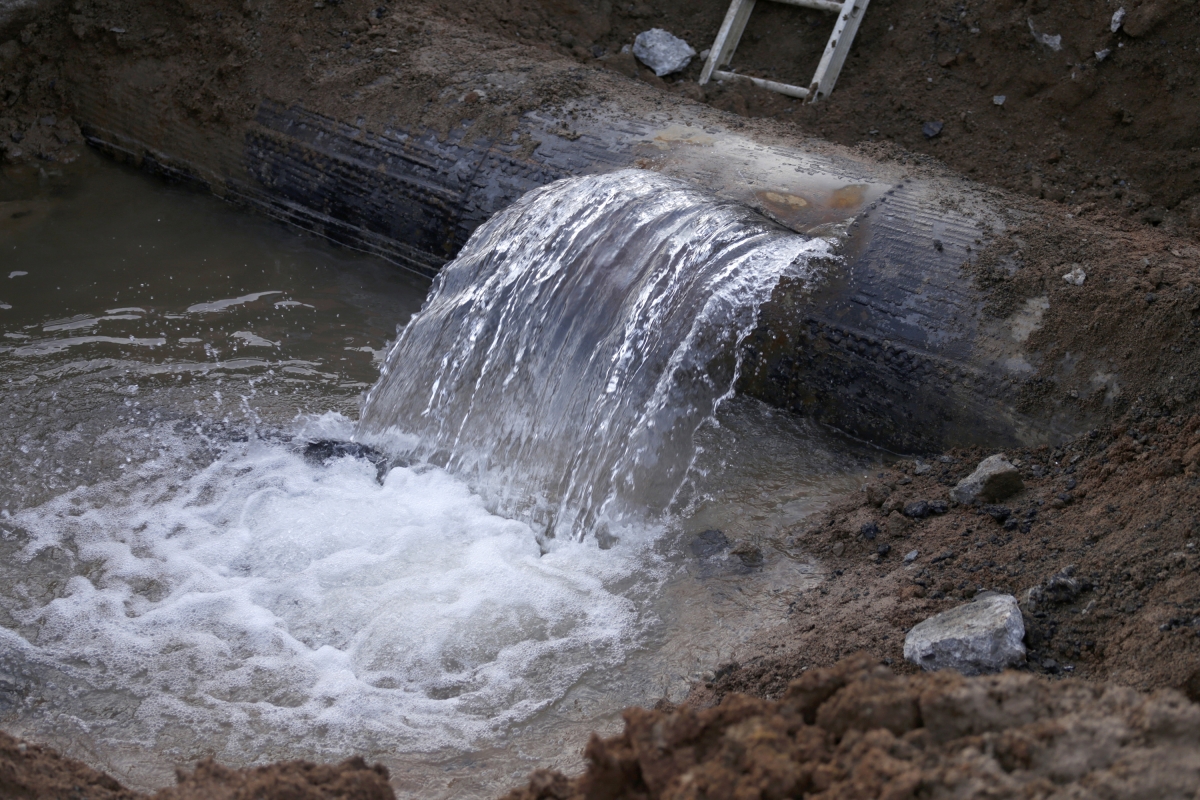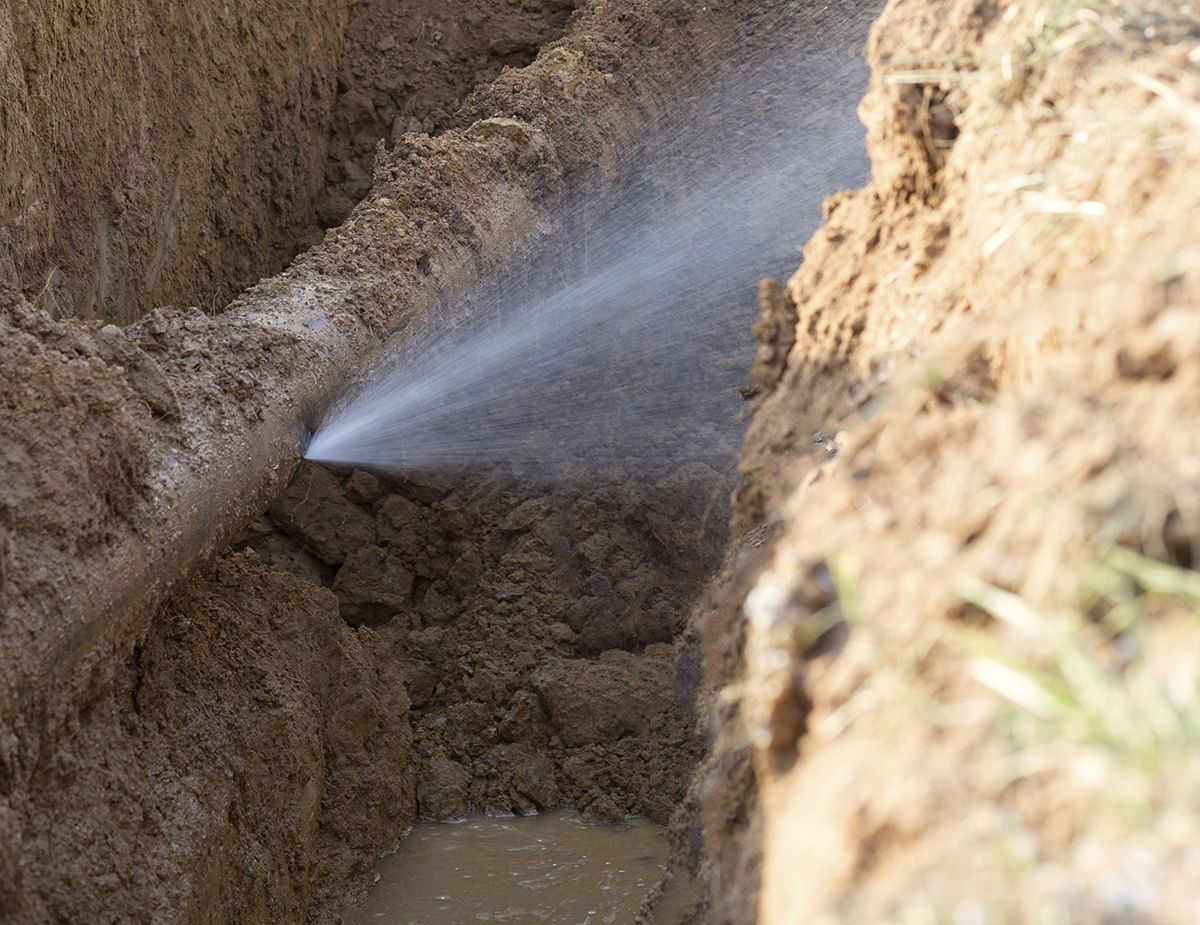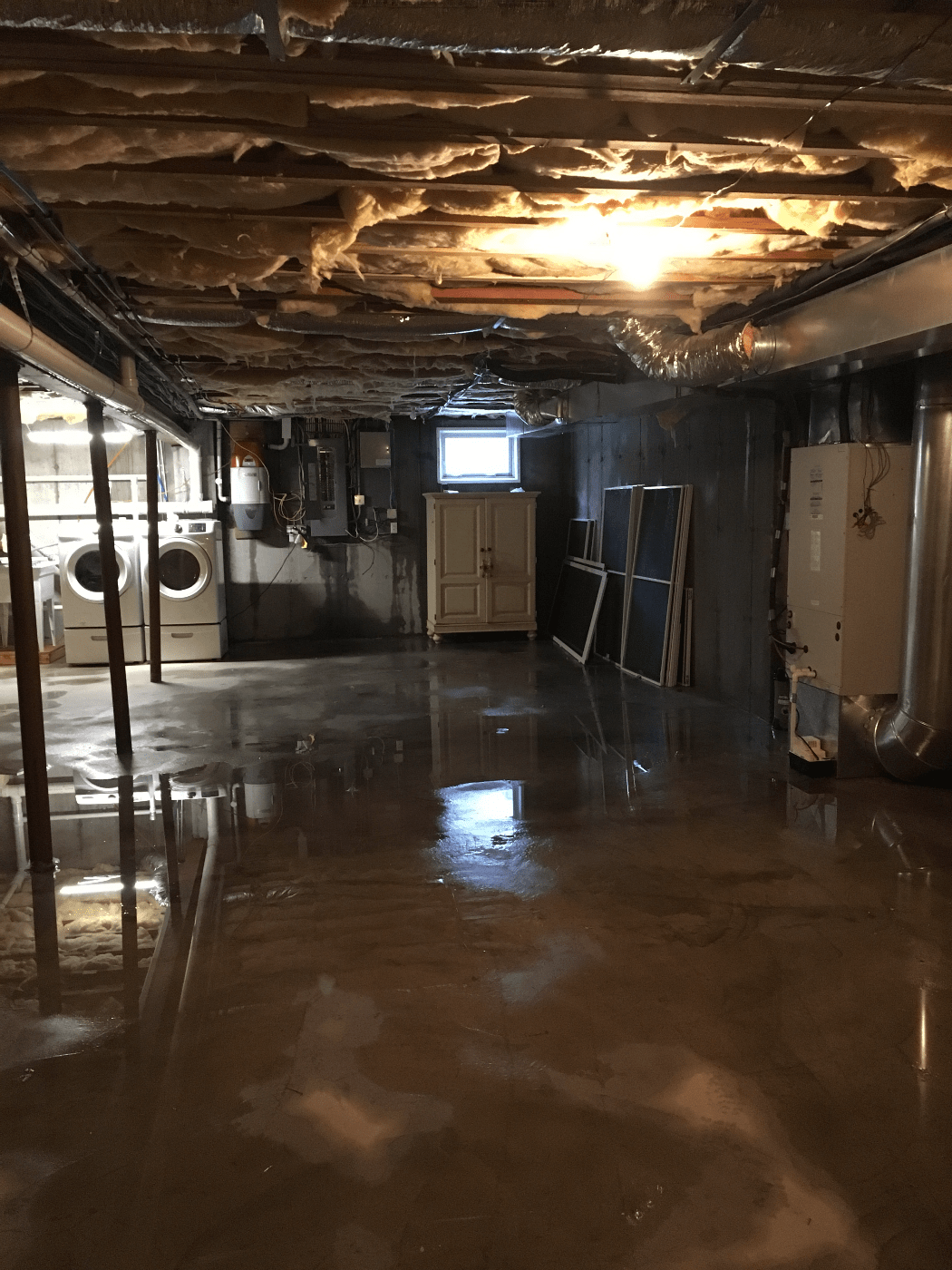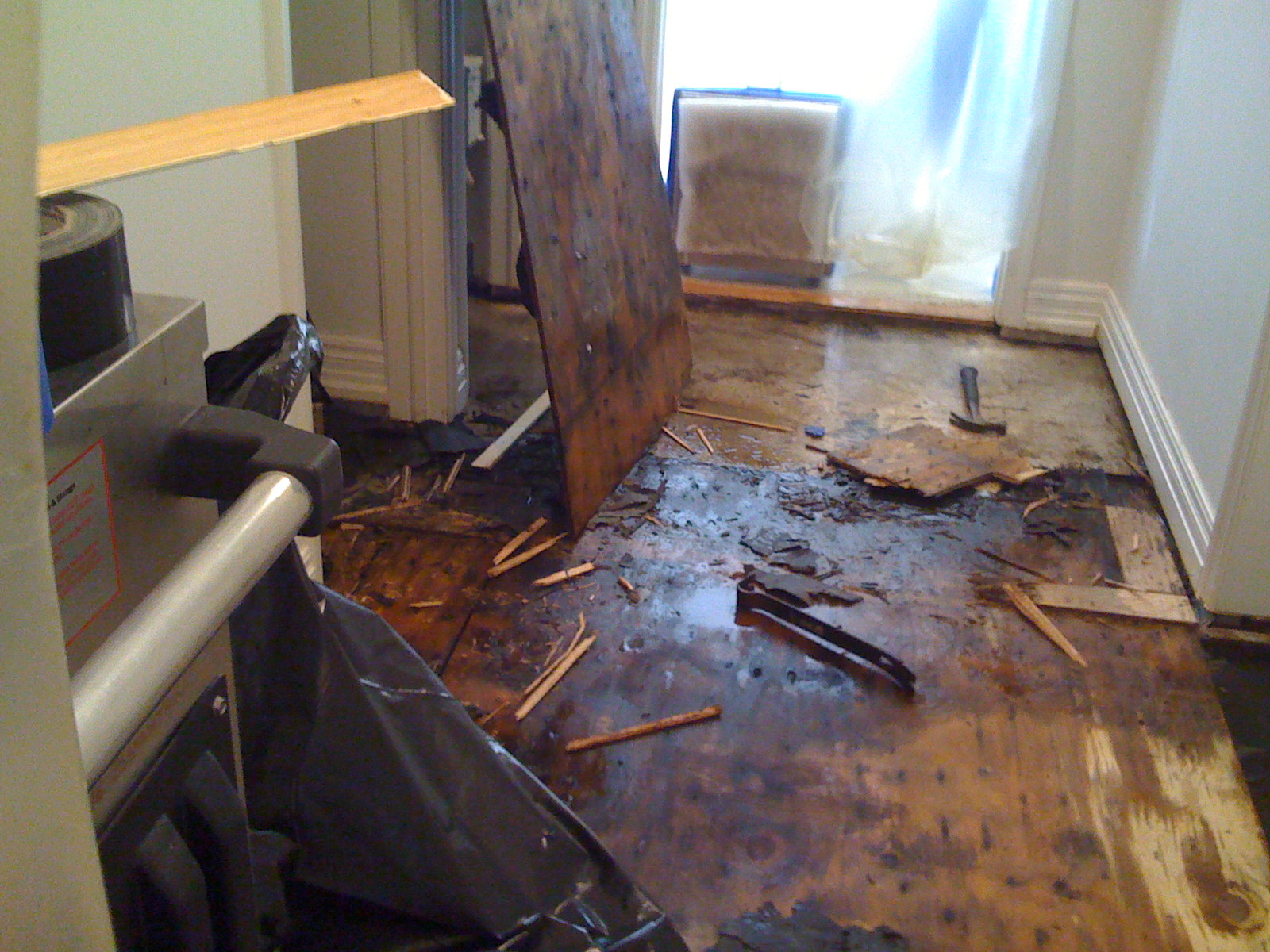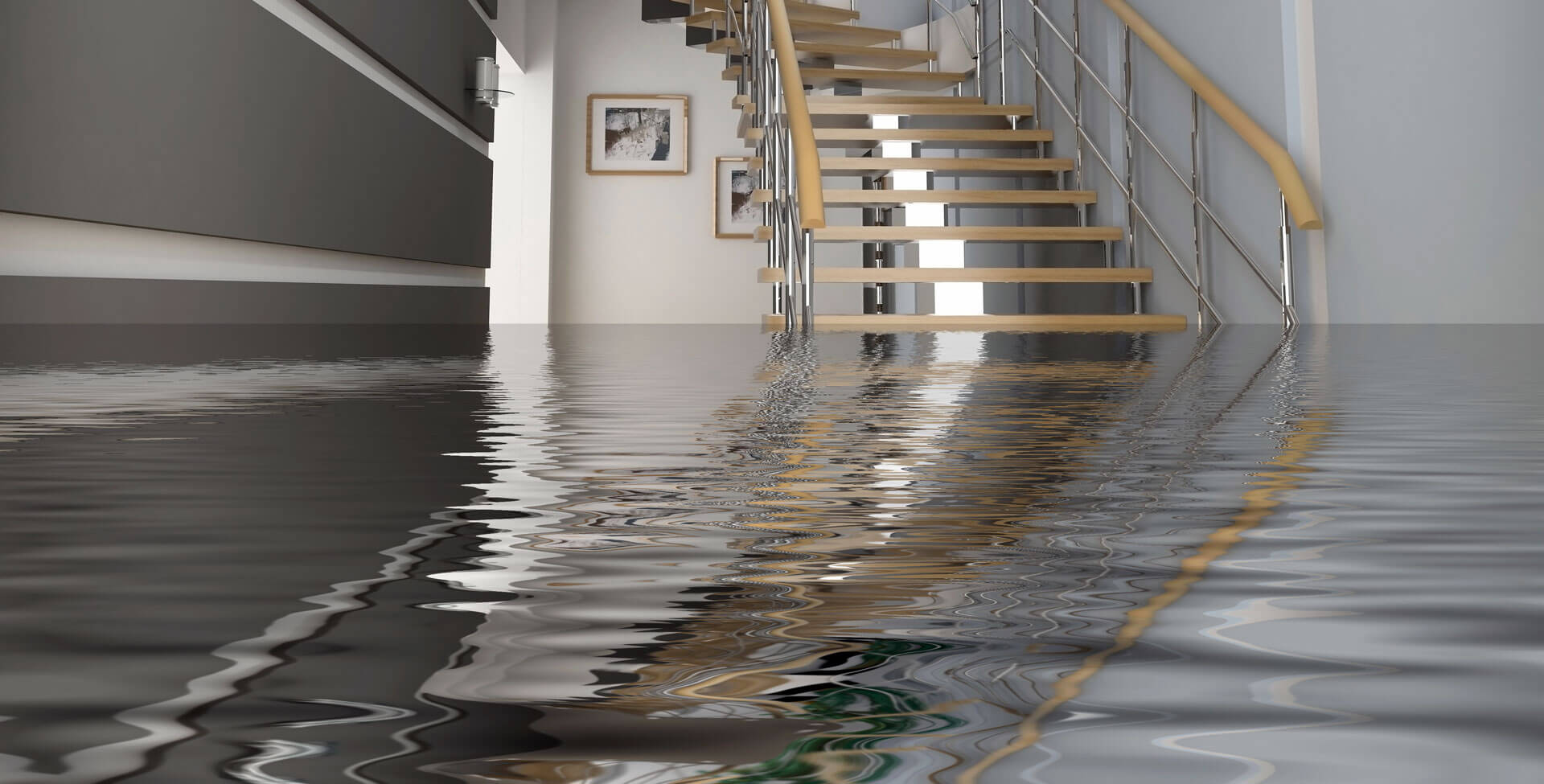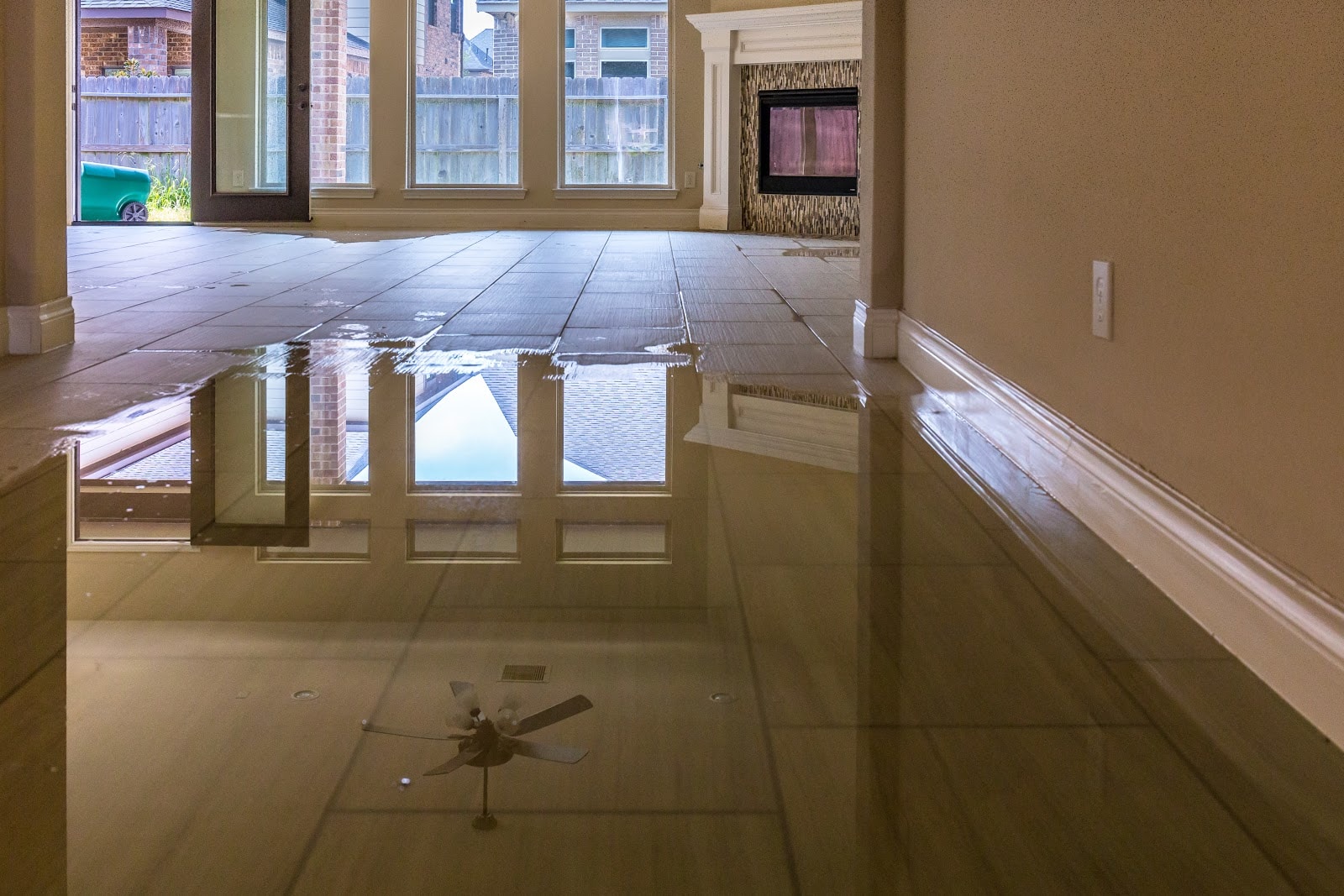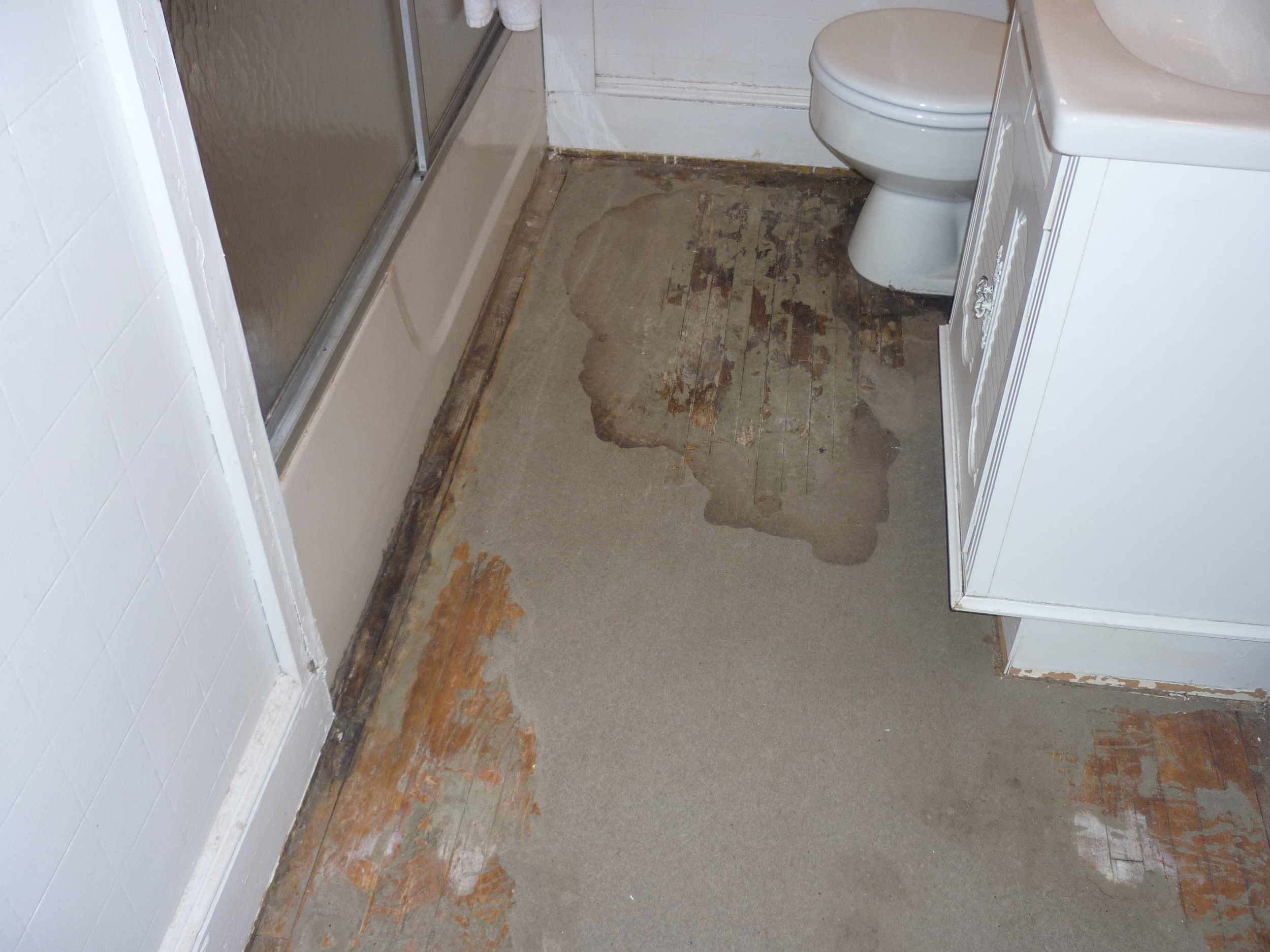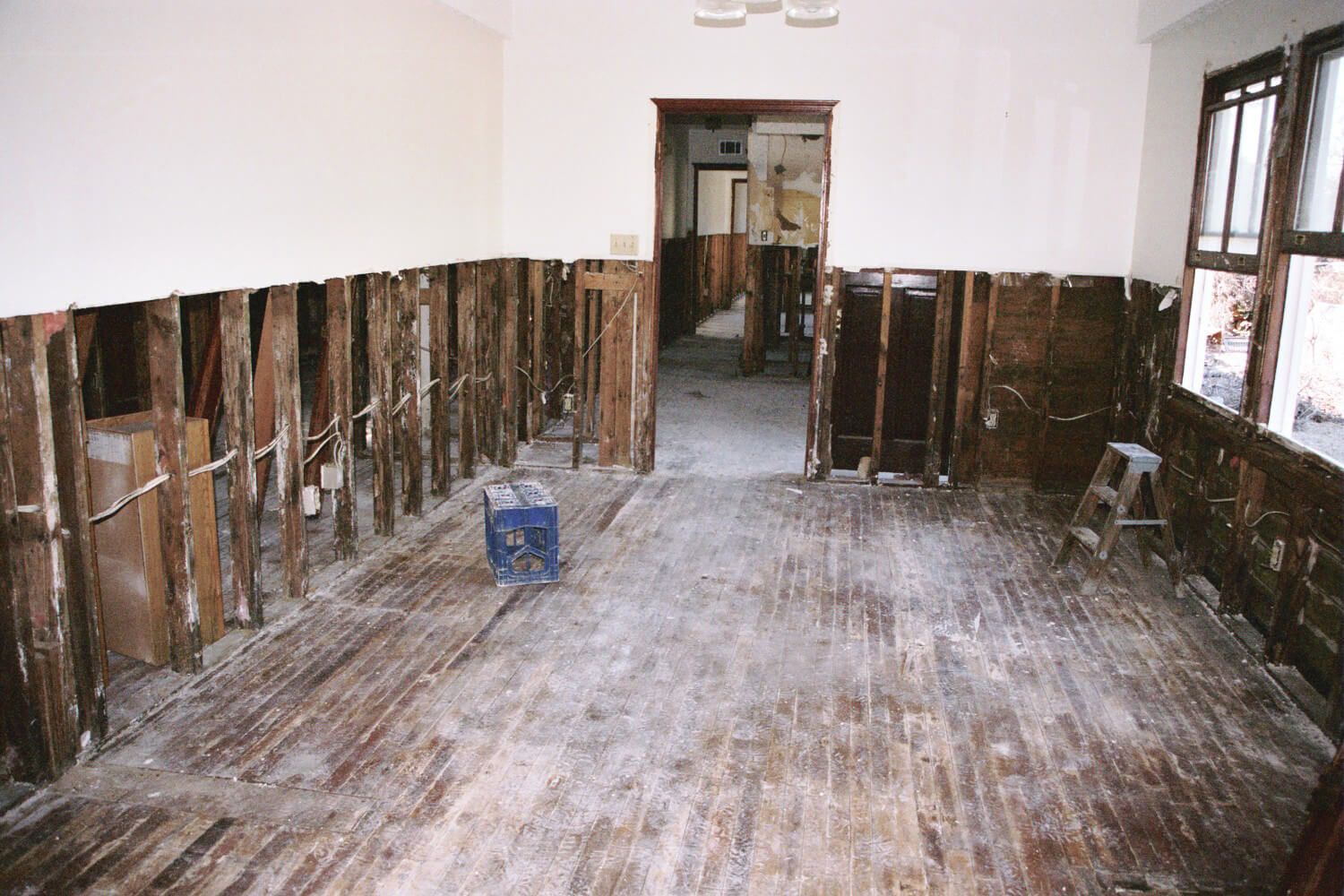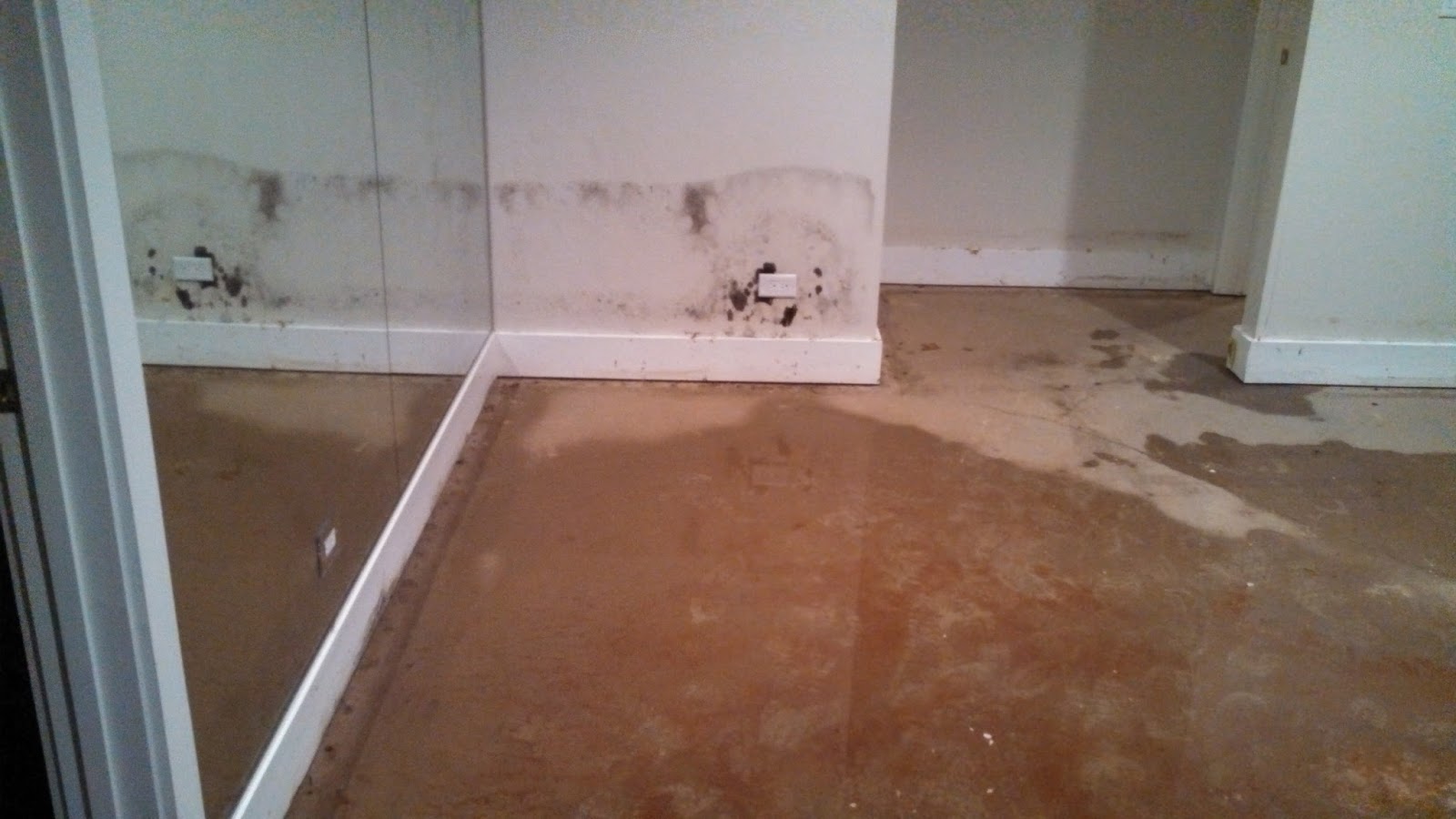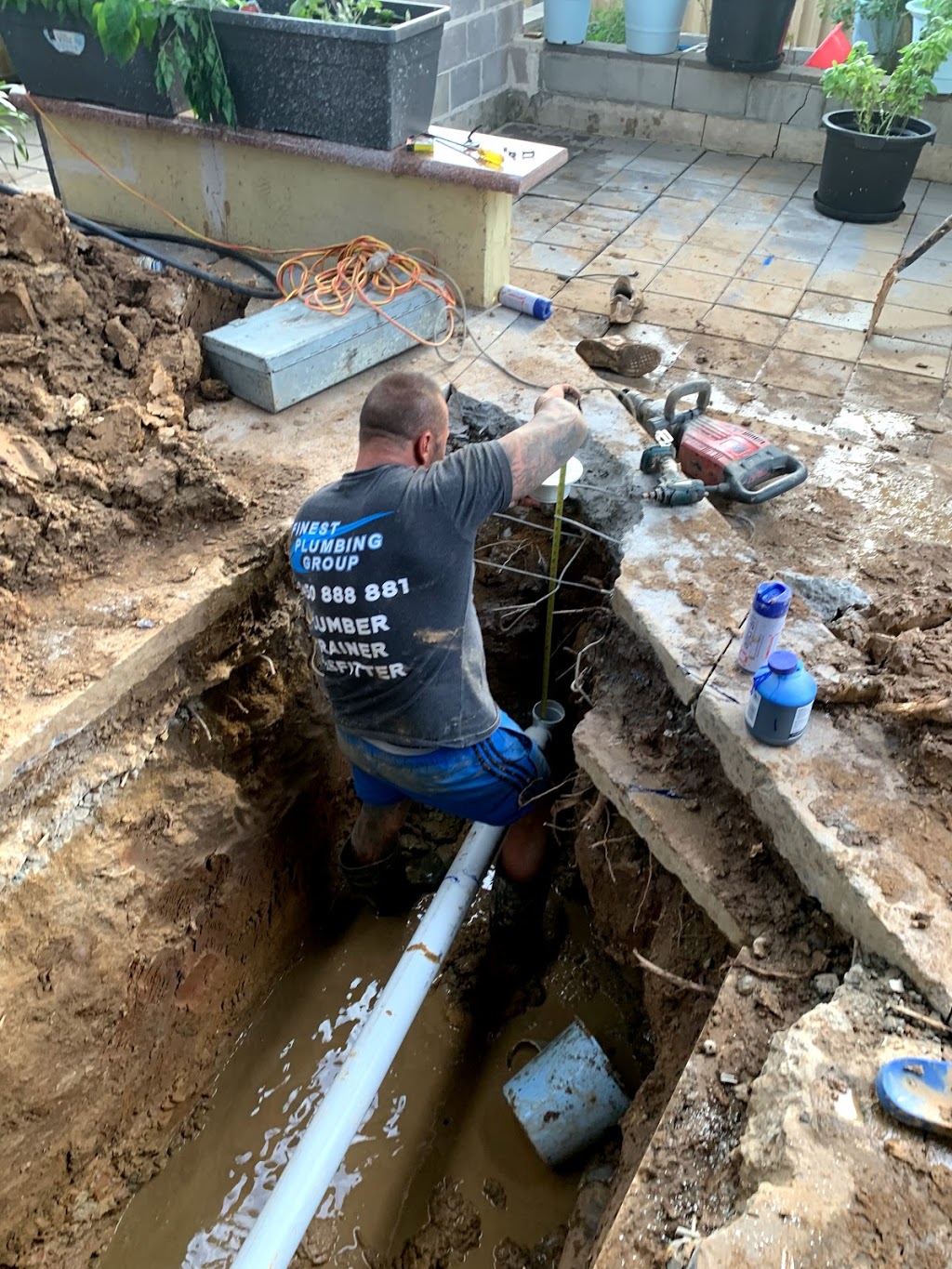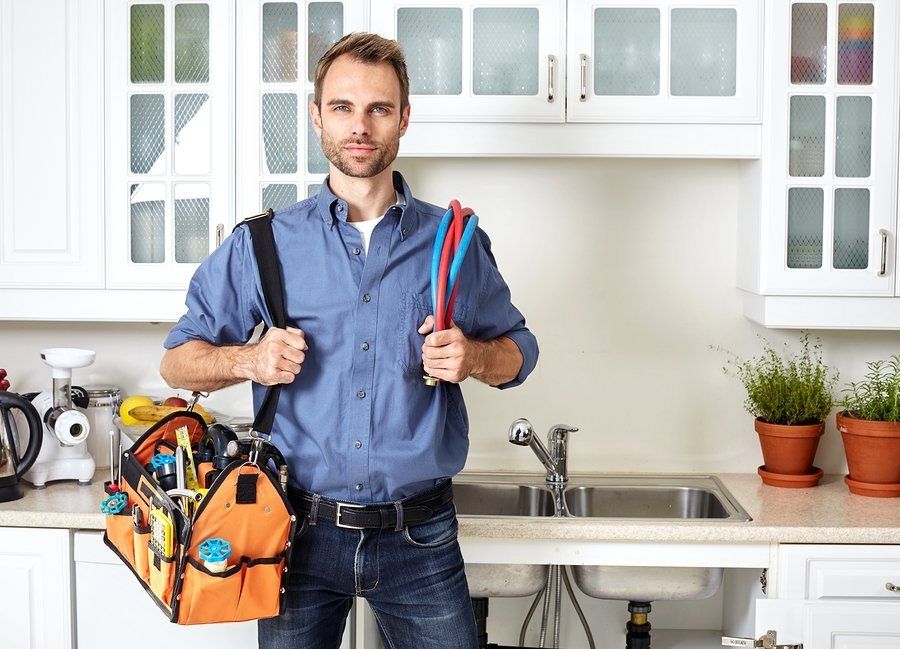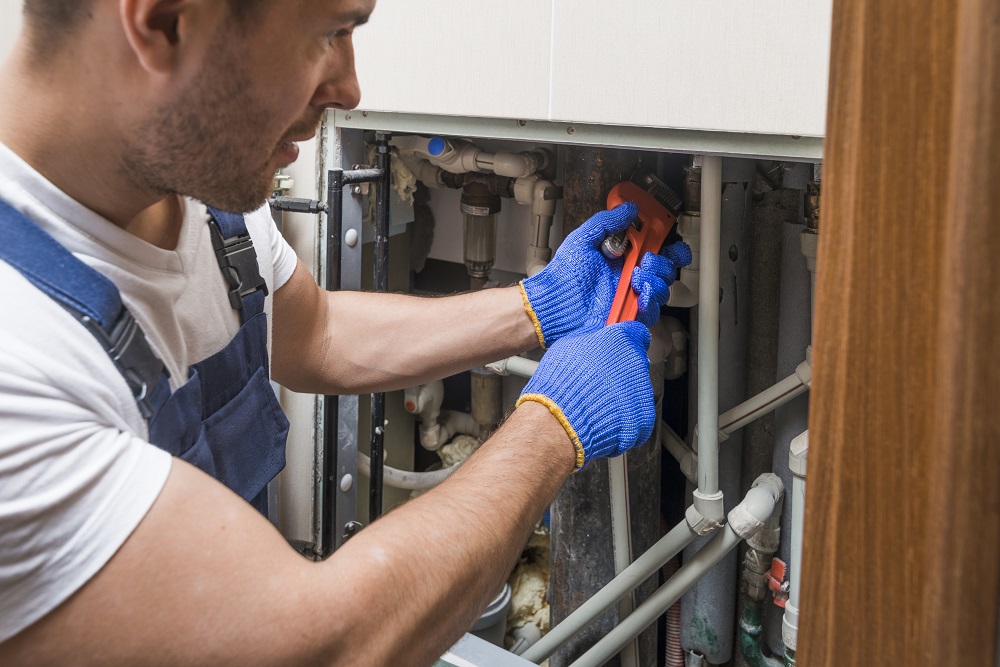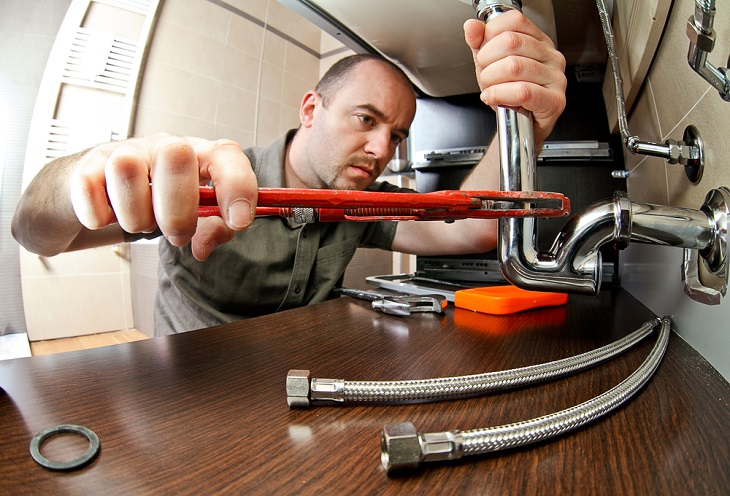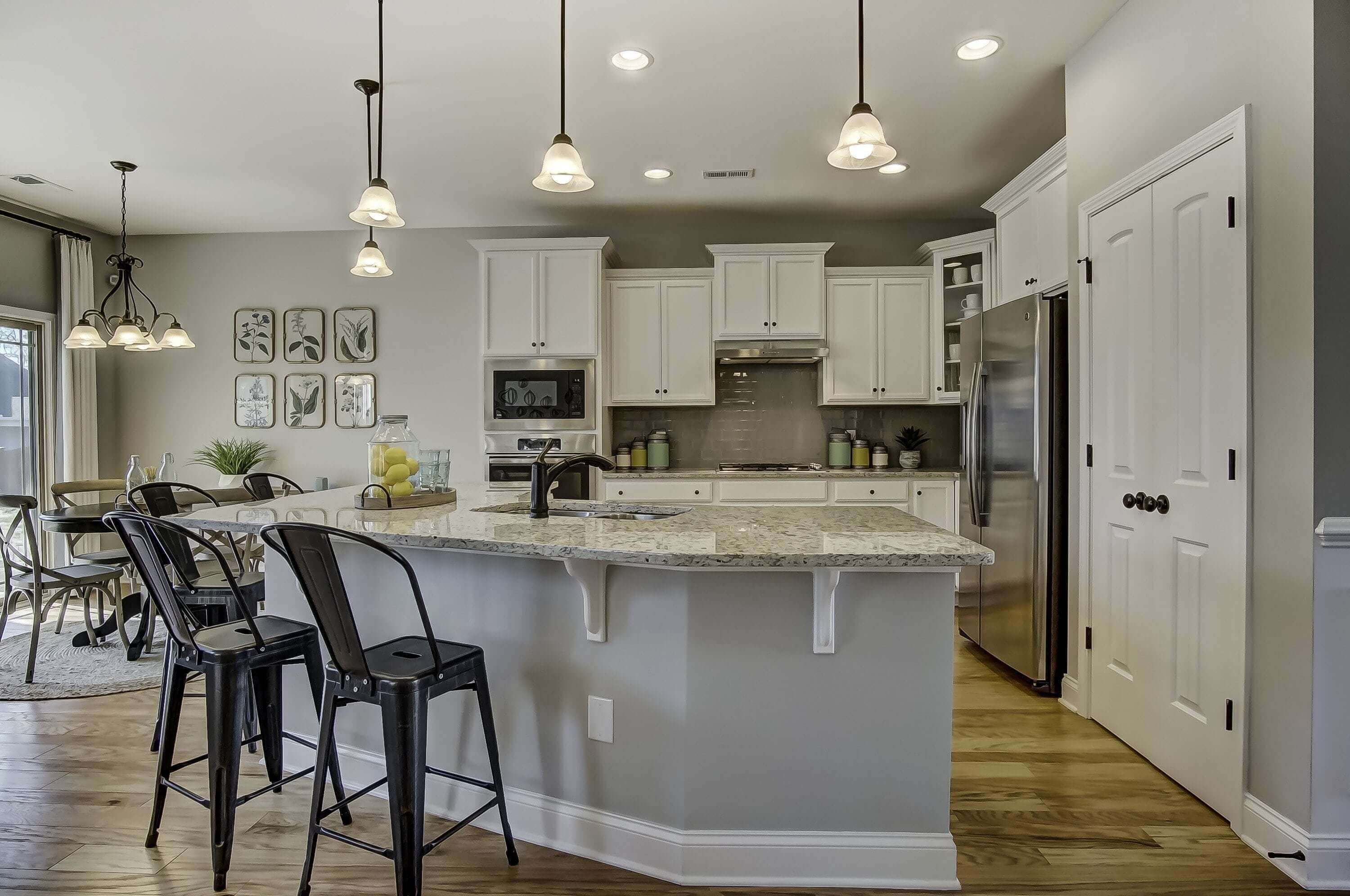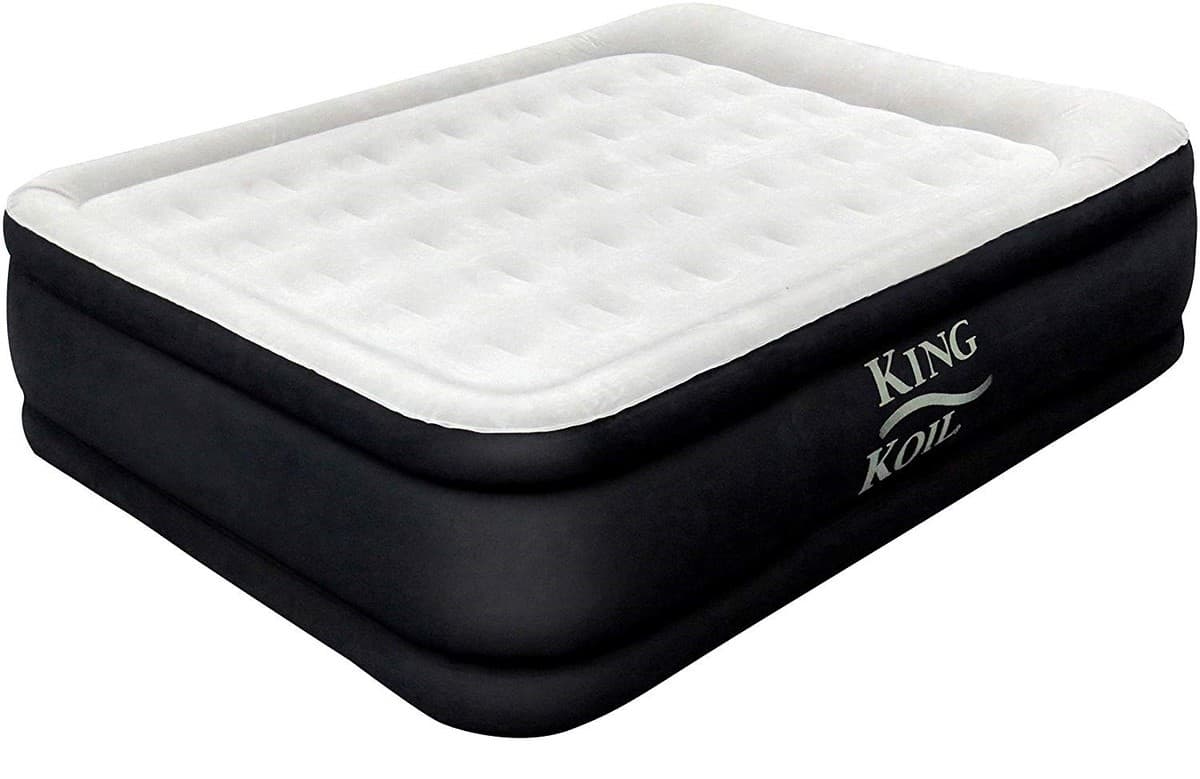If you've ever taken a look under your bathroom sink, you may have noticed a mysterious pipe that seems to lead to nowhere. This is known as the overflow pipe, and it serves a very important purpose in your plumbing system. In this article, we'll dive into the world of overflow pipes and why they are an essential component in your bathroom drainage system.Understanding the Overflow Pipe Under Your Bathroom Sink
An overflow pipe is a small vertical pipe that is attached to your bathroom sink's drain pipe, usually located near the top of the sink bowl. This pipe is designed to prevent water from overflowing onto your bathroom floor if the sink becomes clogged or if the water is left running for too long. The excess water will flow into the overflow pipe and down into the main drain, preventing any potential water damage.What is an Overflow Pipe?
The overflow pipe is an integral part of your bathroom's drainage system. It works in conjunction with the main drain to ensure that water is properly drained from your sink. If the main drain becomes clogged, the overflow pipe provides an alternative route for the water to escape, preventing any potential backups or overflows.The Role of the Overflow Pipe in Your Plumbing System
One of the most common issues with overflow pipes is a leak. Over time, the constant flow of water through the pipe can cause it to deteriorate, leading to small cracks or holes. If left untreated, this can result in water damage to your bathroom and even mold growth. If you notice a leak in your overflow pipe, it's important to address it as soon as possible. Depending on the severity of the leak, you may need to contact an emergency plumber to fix the issue. However, if the leak is minor, you may be able to fix it yourself with some simple DIY plumbing techniques.Dealing with a Pipe Leak Under Your Bathroom Sink
While the overflow pipe is designed to prevent water from overflowing, it can also become clogged itself. This is often due to a buildup of hair, soap scum, and other debris that can accumulate over time. To avoid this, it's important to regularly clean your sink overflow. You can do this by using a small brush or pipe cleaner to remove any buildup. In addition, you can also prevent clogs in your sink overflow by being mindful of what you put down your bathroom sink. Avoid pouring grease, food scraps, and other debris down the drain, as these can easily cause clogs in both the main drain and the overflow pipe.Preventing Clogs in Your Sink Overflow
Like with any other component in your plumbing system, regular maintenance is key to keeping your overflow pipe in good working condition. This includes regularly cleaning the overflow, as well as inspecting it for any cracks or leaks. By catching and addressing any issues early on, you can prevent costly water damage and plumbing emergencies.The Importance of Regular Maintenance
Overflow pipe | Under bathroom sink | Plumbing | Drainage system | Pipe leak | Water damage | Emergency plumber | Fixing a clogged sink | DIY plumbing | Sink overflow If you're experiencing any issues with your bathroom sink's overflow pipe, don't hesitate to contact a professional plumber for assistance. By understanding the role of the overflow pipe and properly maintaining it, you can ensure that your bathroom plumbing system runs smoothly and efficiently for years to come.Convert Your Bathroom Sink Overflow Pipe to HTML
Understanding the Importance of an Overflow Pipe Under Your Bathroom Sink

What is an Overflow Pipe?
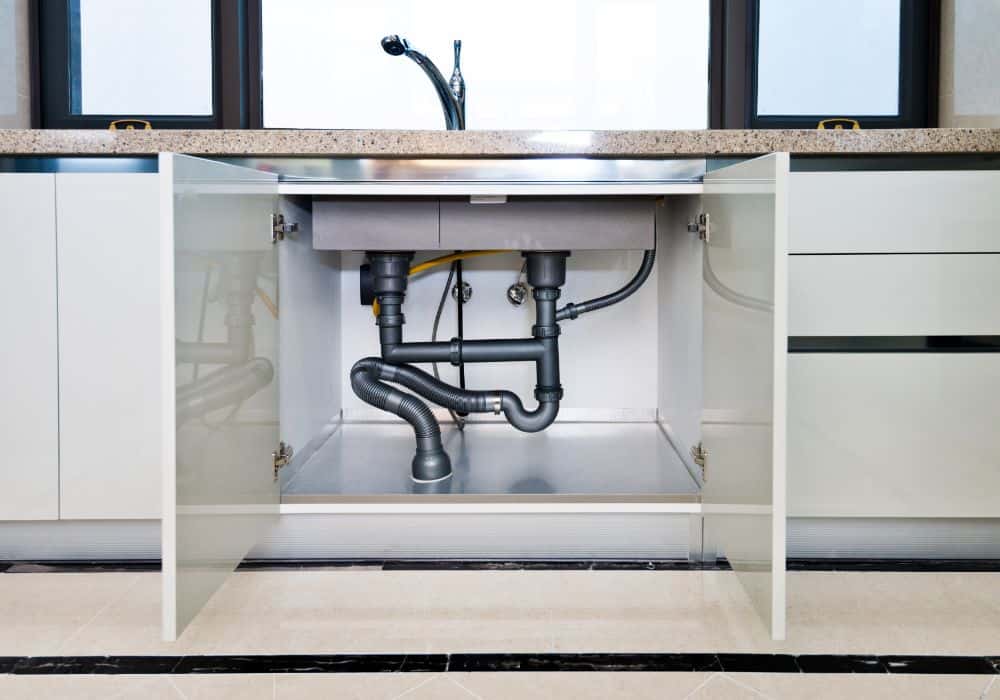 An overflow pipe is a crucial component of your bathroom sink, especially if you have a built-in drainage system. It is a small, thin pipe that is typically located near the top of the sink, just below the rim. Its purpose is to prevent water from overflowing onto the floor or counter should the sink become clogged or if the faucet is left running. This pipe is connected to the main drainage system of your house and allows excess water to flow out, keeping your sink from flooding.
An overflow pipe is a crucial component of your bathroom sink, especially if you have a built-in drainage system. It is a small, thin pipe that is typically located near the top of the sink, just below the rim. Its purpose is to prevent water from overflowing onto the floor or counter should the sink become clogged or if the faucet is left running. This pipe is connected to the main drainage system of your house and allows excess water to flow out, keeping your sink from flooding.
Why is it Important?
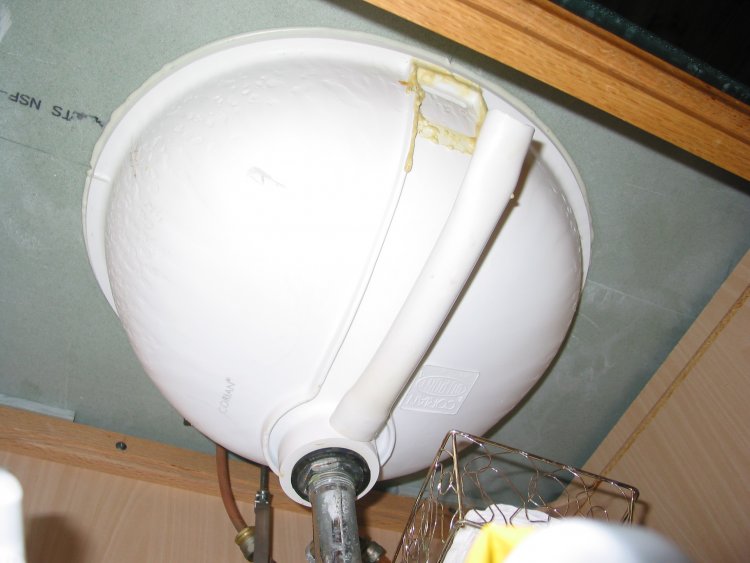 Having an overflow pipe under your bathroom sink is essential for maintaining the integrity of your house. Without it, your sink could overflow, causing water damage to your floors, cabinets, and walls. This can lead to costly repairs and potential health hazards, such as mold growth.
Additionally, an overflow pipe also serves as a safety feature. If you accidentally leave the faucet running or get distracted while filling up the sink, the excess water will flow out through the overflow pipe instead of spilling onto the floor. This prevents slips and falls, making your bathroom a safer place for everyone.
Having an overflow pipe under your bathroom sink is essential for maintaining the integrity of your house. Without it, your sink could overflow, causing water damage to your floors, cabinets, and walls. This can lead to costly repairs and potential health hazards, such as mold growth.
Additionally, an overflow pipe also serves as a safety feature. If you accidentally leave the faucet running or get distracted while filling up the sink, the excess water will flow out through the overflow pipe instead of spilling onto the floor. This prevents slips and falls, making your bathroom a safer place for everyone.
How is it Installed?
:max_bytes(150000):strip_icc()/sink-pipe-under-wash-basin-119001607-6f28aec4c66944efb7a9a38cb622ab8b.jpg) The installation of an overflow pipe is typically done during the construction or renovation of a house. It involves connecting the pipe to the main drainage system and securing it in place underneath the sink. If you have an existing sink without an overflow pipe, it is possible to have one installed by a professional plumber.
The installation of an overflow pipe is typically done during the construction or renovation of a house. It involves connecting the pipe to the main drainage system and securing it in place underneath the sink. If you have an existing sink without an overflow pipe, it is possible to have one installed by a professional plumber.
Proper Maintenance
/close-up-of-overflowing-bathroom-sink-90201417-579787783df78ceb865822d8.jpg) To ensure that your overflow pipe is functioning correctly, it is essential to conduct regular maintenance. This includes checking for any blockages or debris that may be obstructing the flow of water. It is also crucial to clean the pipe regularly to prevent the buildup of bacteria and mold.
In conclusion, the overflow pipe under your bathroom sink may seem like a small and insignificant component, but it plays a significant role in the overall functionality of your house. It not only prevents potential water damage and accidents but also promotes a healthier and safer living environment. Make sure to prioritize the installation and maintenance of this essential feature in your house.
To ensure that your overflow pipe is functioning correctly, it is essential to conduct regular maintenance. This includes checking for any blockages or debris that may be obstructing the flow of water. It is also crucial to clean the pipe regularly to prevent the buildup of bacteria and mold.
In conclusion, the overflow pipe under your bathroom sink may seem like a small and insignificant component, but it plays a significant role in the overall functionality of your house. It not only prevents potential water damage and accidents but also promotes a healthier and safer living environment. Make sure to prioritize the installation and maintenance of this essential feature in your house.





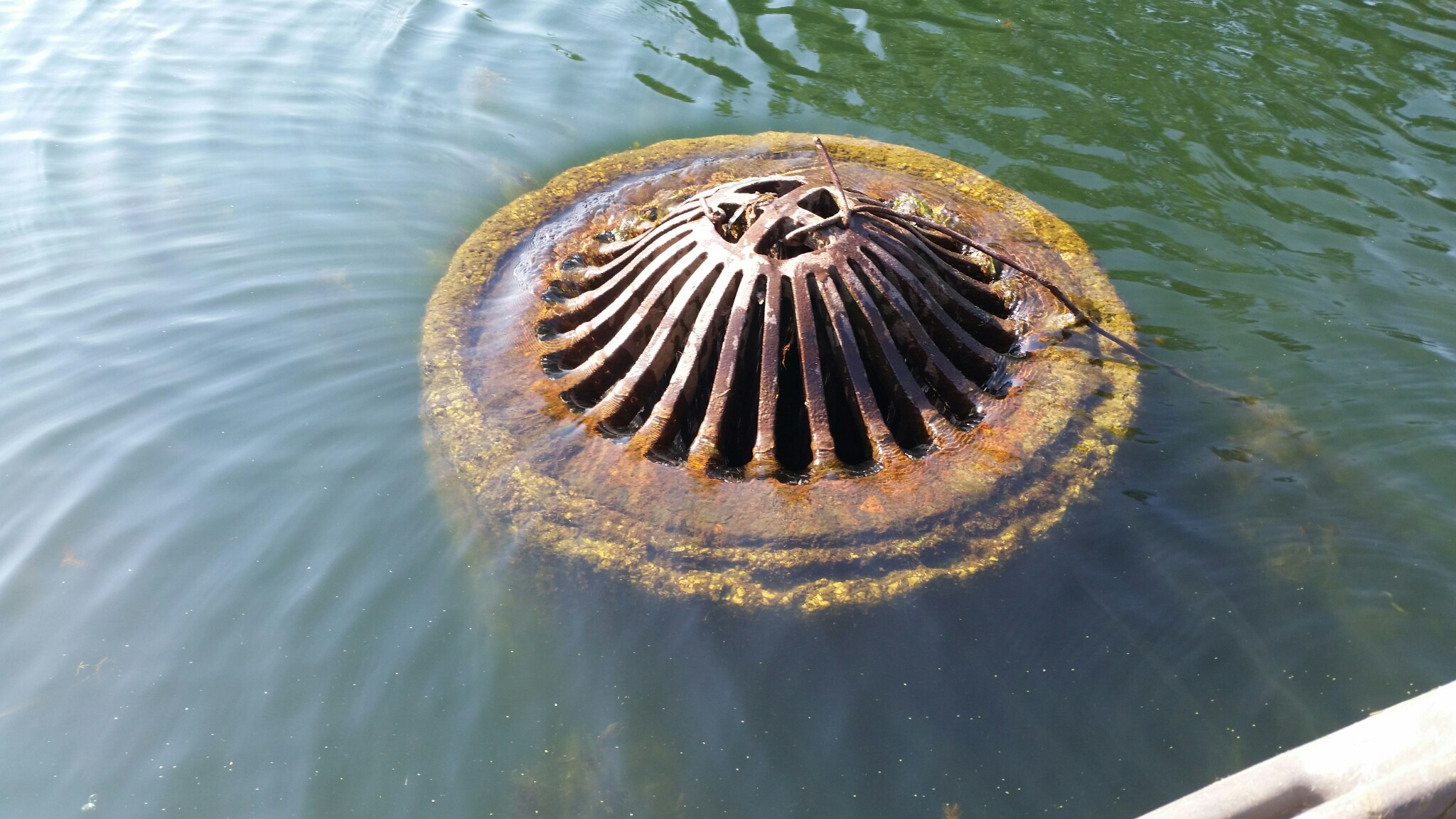
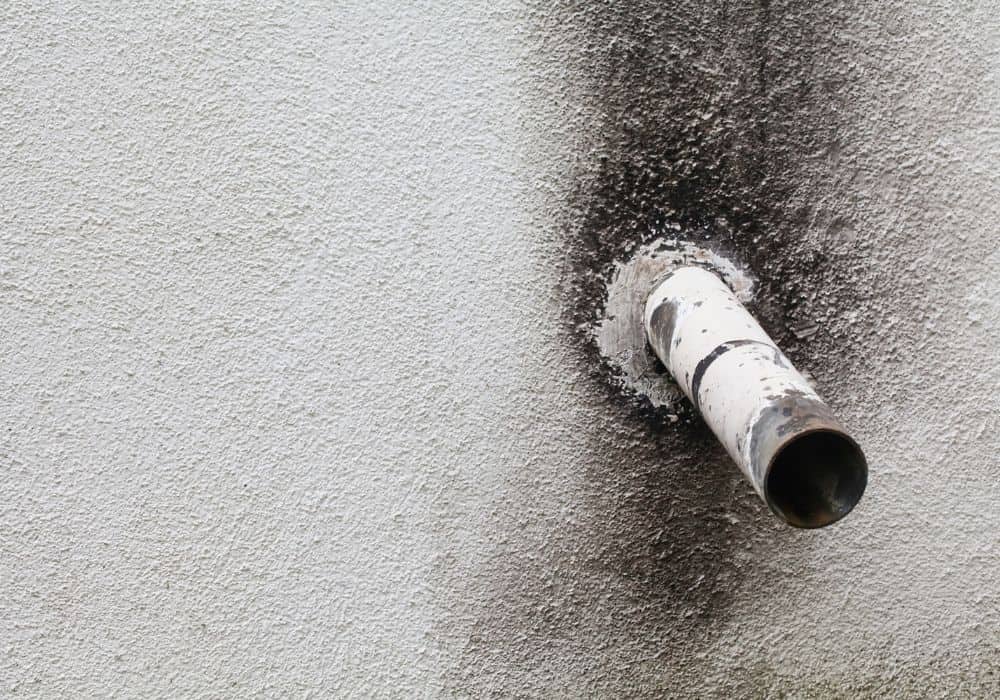




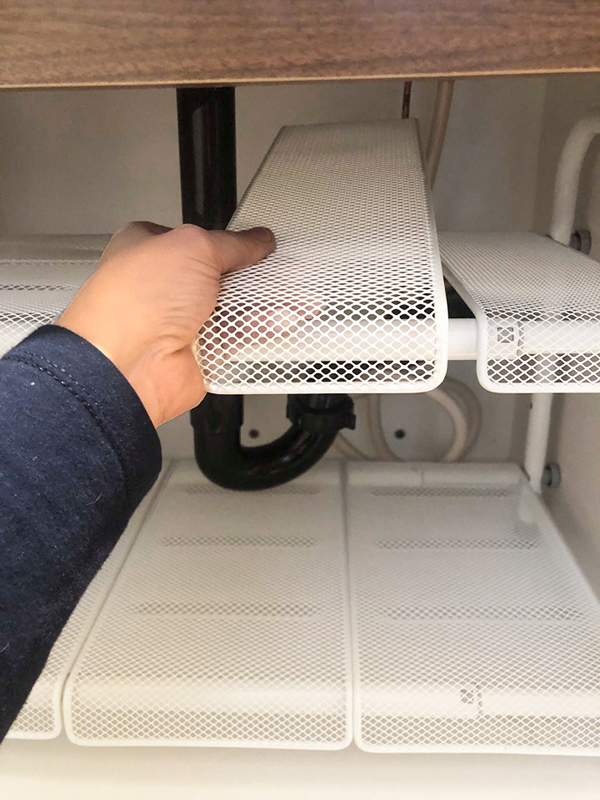







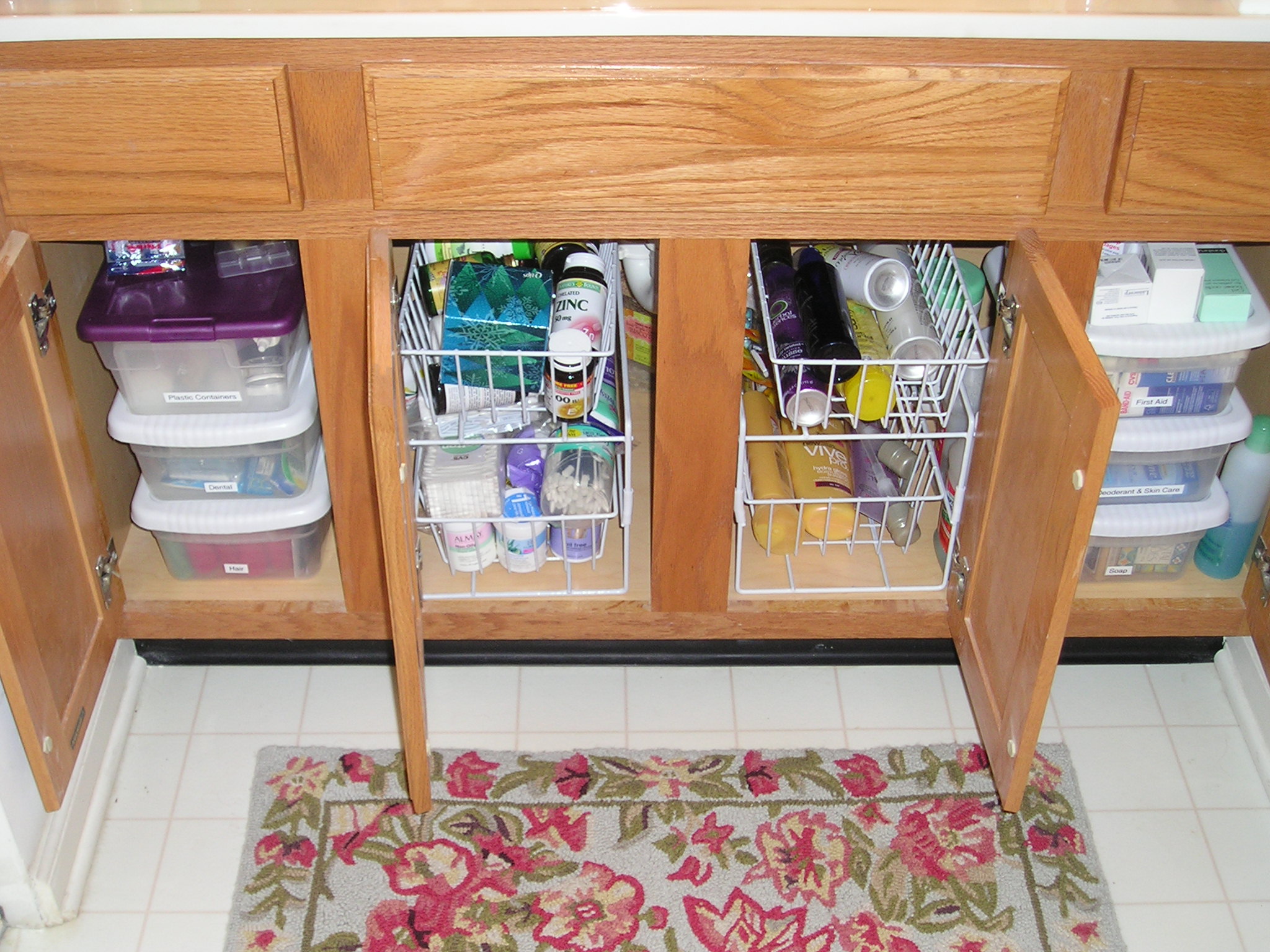
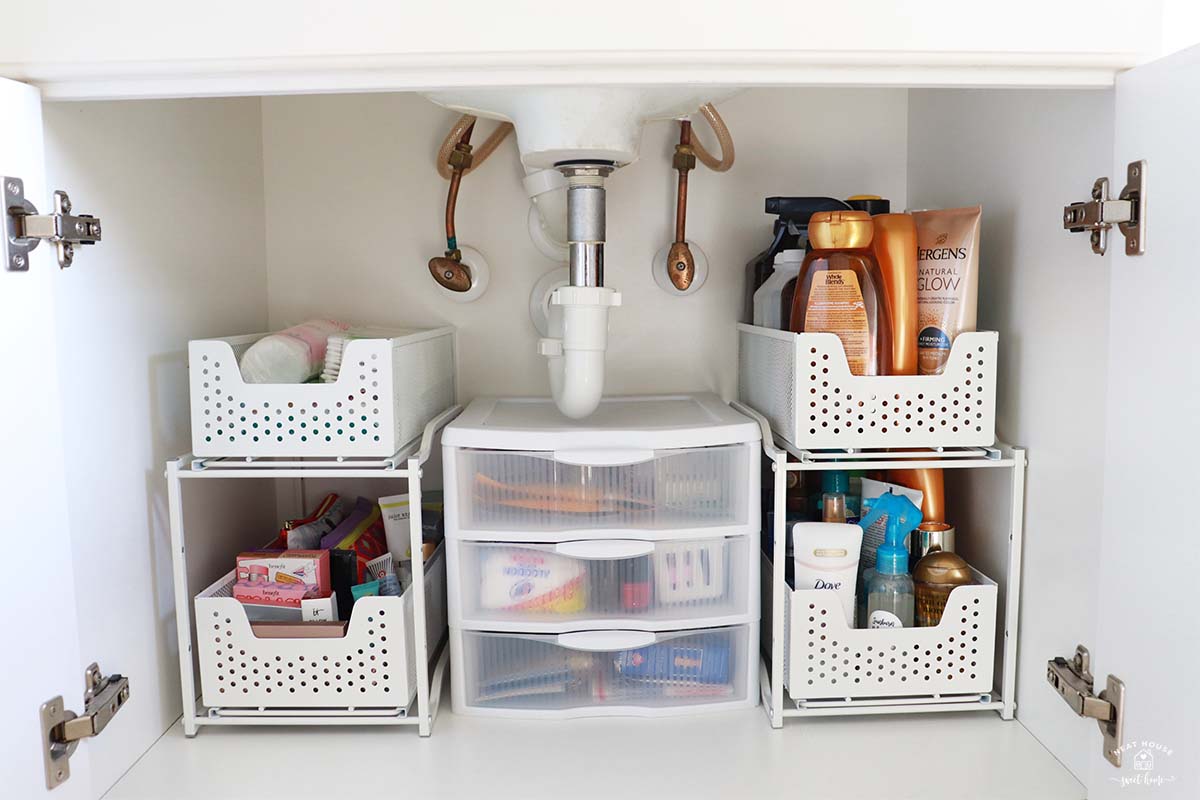






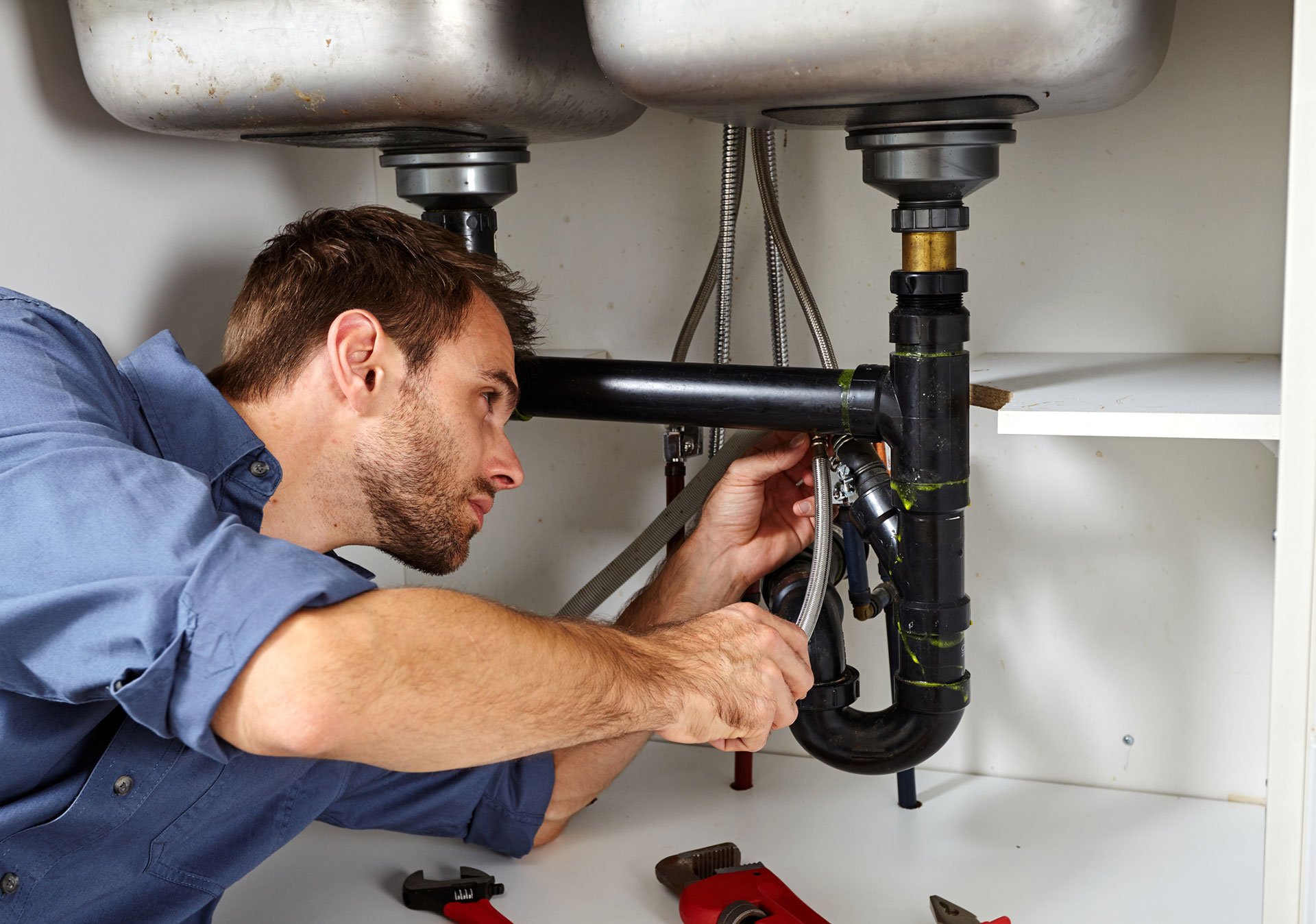

/Plastic-Plumbing-Pipe-183508152-58a47c925f9b58819c9c8ac6.jpg)
/GettyImages-98064882-5a3684ef4e46ba003693c061.jpg)
